Utagawa Hiroshige (歌川 広重) (1797 – 12 October 1858) (real name: 安藤 広重 /Ando Hiroshige) is probably the most famous ukiyoe/woodblock print artist when it comes to describing travel scenes in Japan. Prints of the fifty-three stations immediately come to mind when it comes to Shizuoka Prefecture where a museum is dedicated to him in Yui, Shimizu Ku, Shizuoka. And if you look carefully you will find them represented in the most unusual places!
Now, take the Tokaido Railway Line and get off at Shin Kambara Station in Shizuoka City, Shimizu Ku
The place is famous for its cherry trees. Did you know that the cherry trees offered to the US in Washington are all the scions of a single tree from nearby Okitsu, Shimizu Ku, Shizuoka.
Travelers of yore added onto one of Utagawa Hiroshige’s prints
Now go the pavement along the station and you will discover the world of Edo at your feet
Find this print’s set of tiles and proceed to its left to discover them all in their right order
Leaving Edo : Nihonbashi, “the bridge of Japan”. It is still in present Tokyo!
1st station : Shinagawa
Now, we enter Kanagawa Prefecture: Kawasaki
3rd station: Kanagawa (presently in Kanagawa Ku, Yokohama City)
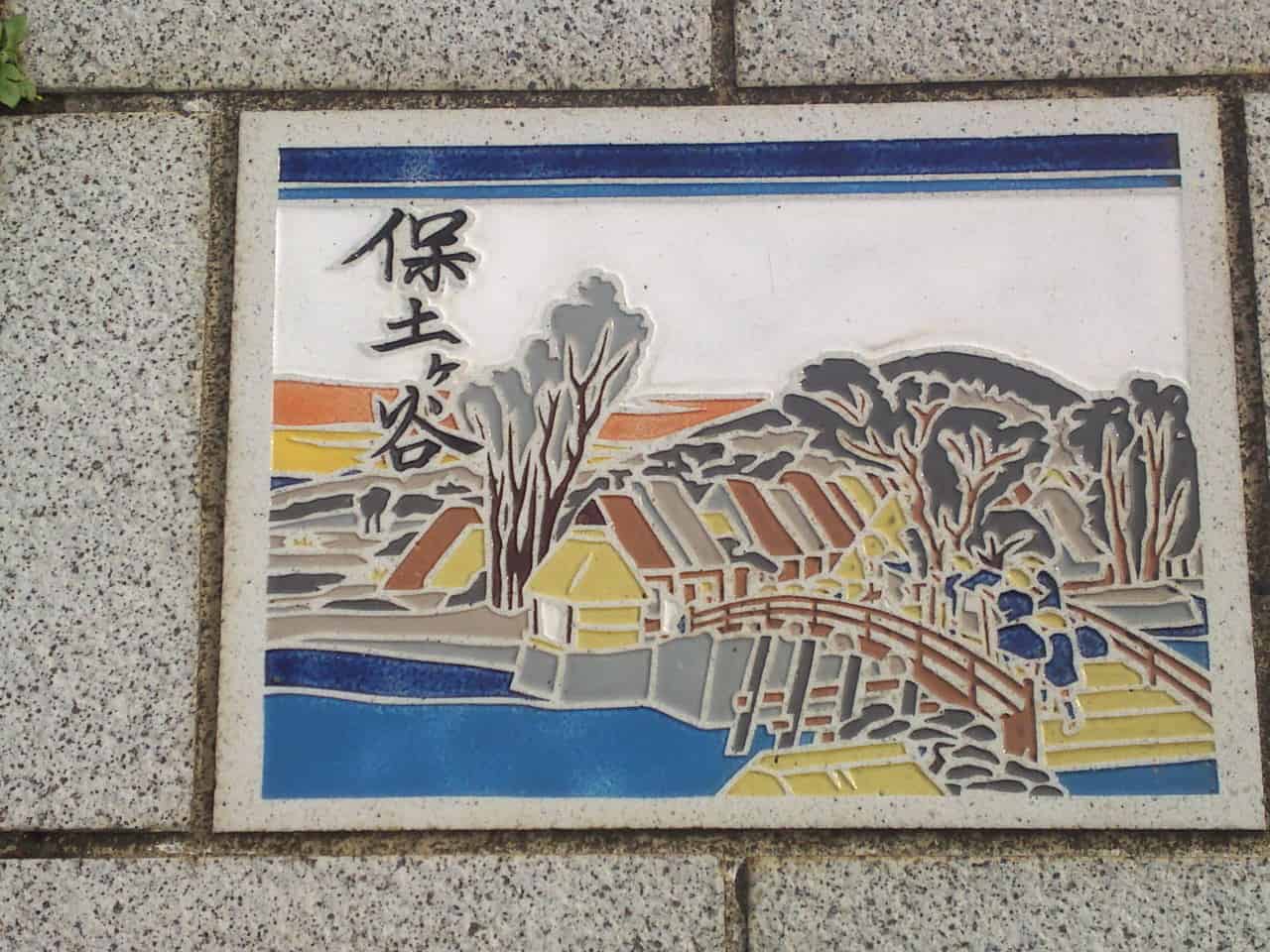
4th station: Hodogaya (presently in Hodogaya Ku, Yokohama City)
5th station: Totsuka
6th station: Fujisawa
7th station: Hiratsuka
8th station: Oiso (presently in Naka District, Kanagawa Prefecture)
9th station: Odawara (Crossing the Sakawa River at a ford)
10th station: Hakone, the last station inside Kanagawa Prefecture
We enter Shizuoka Prefecture from this print on, 11th station: Mishima
12th station: Numazu
13th station: Hara (presently in Numazu City)
14th station: Yoshiwara (presently in Fuji City)
15th station: Kambara, the main print tile (Shin Kambara is part of Kambara, Shimizu Ku, Shizuoka City)
16th station: Yui (presently part of Shimizu Ku, Shizuoka City)
17th station: Okitsu (presently part of Shimizu Ku, Shizuoka City)
18th station: Ejiri (presently part of Shimizu Ku, Shizuoka City)
19th station: Fuchū (old name of Shizuoka City)
20th station: Mariko (presently in Suruga Ku, Shizuoka City)
21st station: Okabe (presently in Fujieda City)
22nd station: Fujieda
23rd station: Shimada
24th station: Kanaya (presently in Shimada City)
25th station: Nissaka (presently in Kakegawa City)
26th station: Kakegawa
27th station: Fukuroi
28th station: Mitsuke (presently in Iwata City)
29th station: Hamamatsu
30th station: Maisaka
31st station: Arai
32nd station: Shirasuka (presently in Kosai City), this print is the last station inside Shizuoka Prefecture
Now we enter Aichi Prefecture, 33rd station: Futagawa (presently in Toyohashi City)
34th station: Yoshida (presently in Toyohashi City)
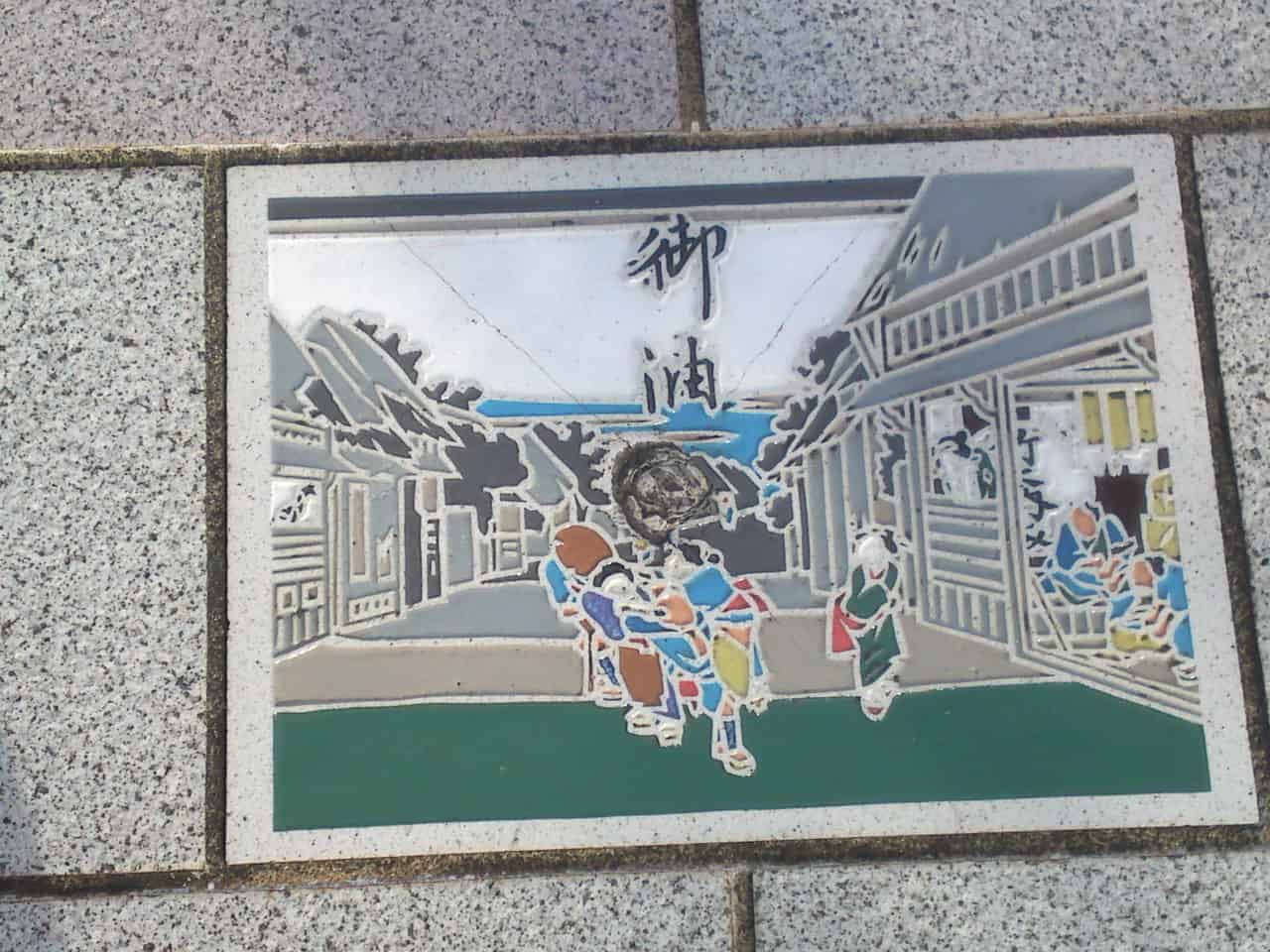 35th station: Goyu (presently in Toyokawa City)
35th station: Goyu (presently in Toyokawa City)
36th station: Akasaka (presently in Toyokawa City)
37th station: Fujikawa (presently in Okazaki City)
38th station: Okazaki
39th station: Chiryu
40th station: Narumi (presently in Midori Ku, Nagoya City)
41st station: Miya (presently in Atsuta Ku, Nagoya City), this print is of the last station inside Aichi Prefecture
Now we enter Mie Prefecture, 42nd station: Kuwana
43rd station: Yokkaichi
44th station: Ishiyakushi (presently in Suzuka City)
45th station: Shōno (presently in Suzuka City, Mie Prefecture)
46th station: Kameyama
47th station: Seki (“the barrier”), (presently in Kameyama City)
48th station: Sakashita (presently in Kameyama City), this is the last station inside Mie Prefecture
With this print we enter Shiga Prefecture, 49th station: Tsuchiyama (presently in Kota City)
50th station: Minakuchi (presently in Kota City)
51st station: Ishibe (presently inside Konan City)
52nd station: Kusatsu
53rd station: Otsu, this print is oft the last station inside Shiga Prefecture!
The end of the Tōkaidō: arriving at Kyoto (actually at the time Sanjō Ōhashi (the bridge spanning over Kamo River) at Keishi (“the capital”)
[cft format=0]
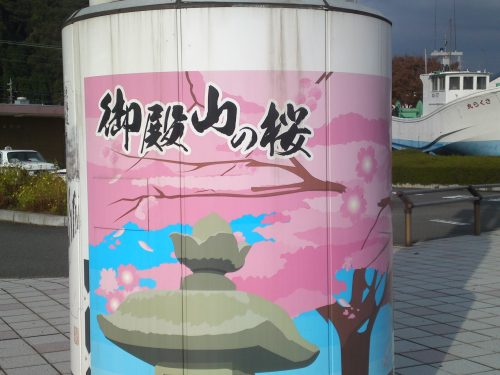
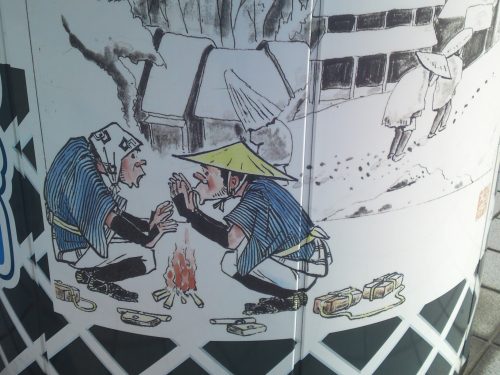
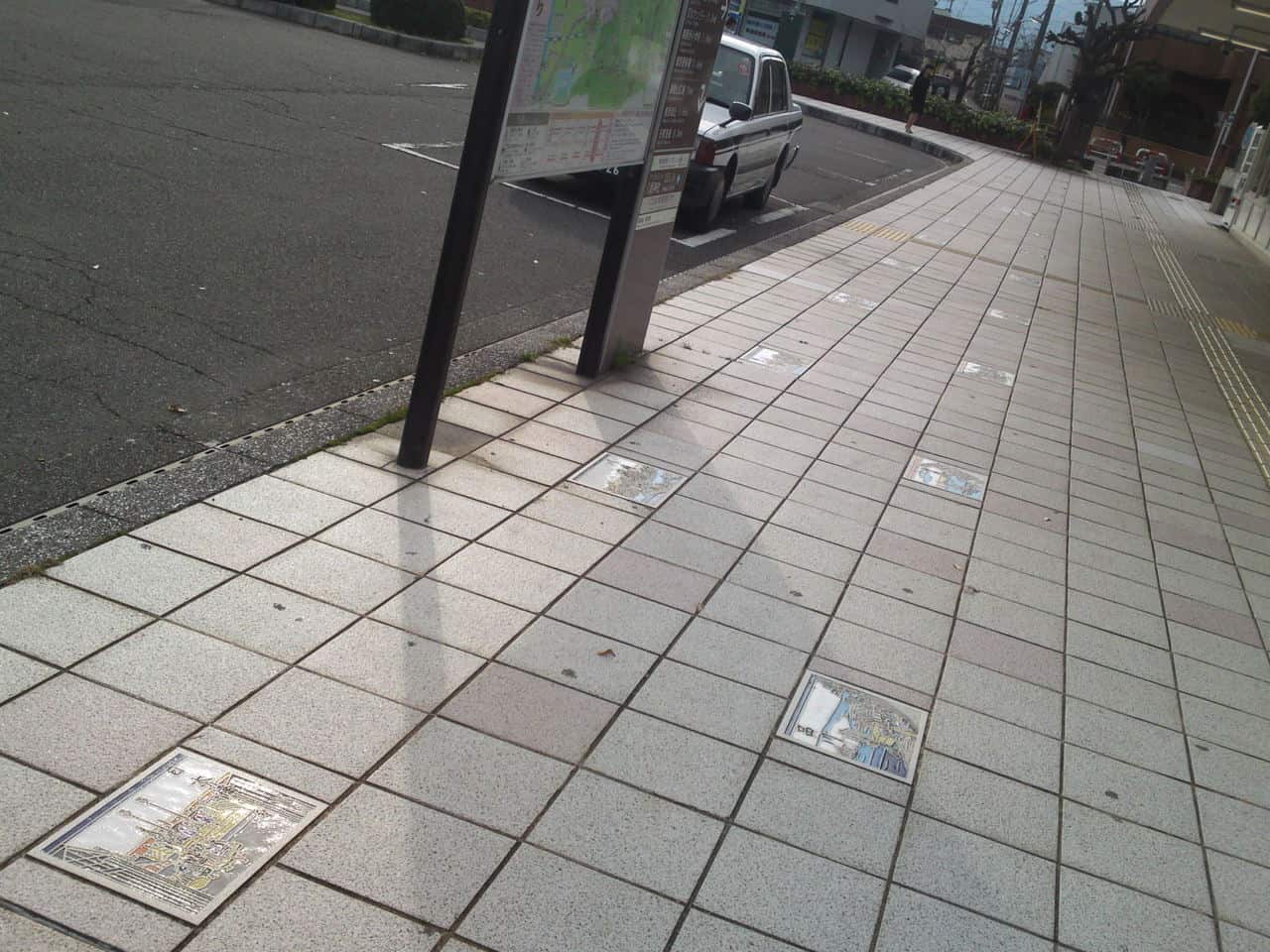
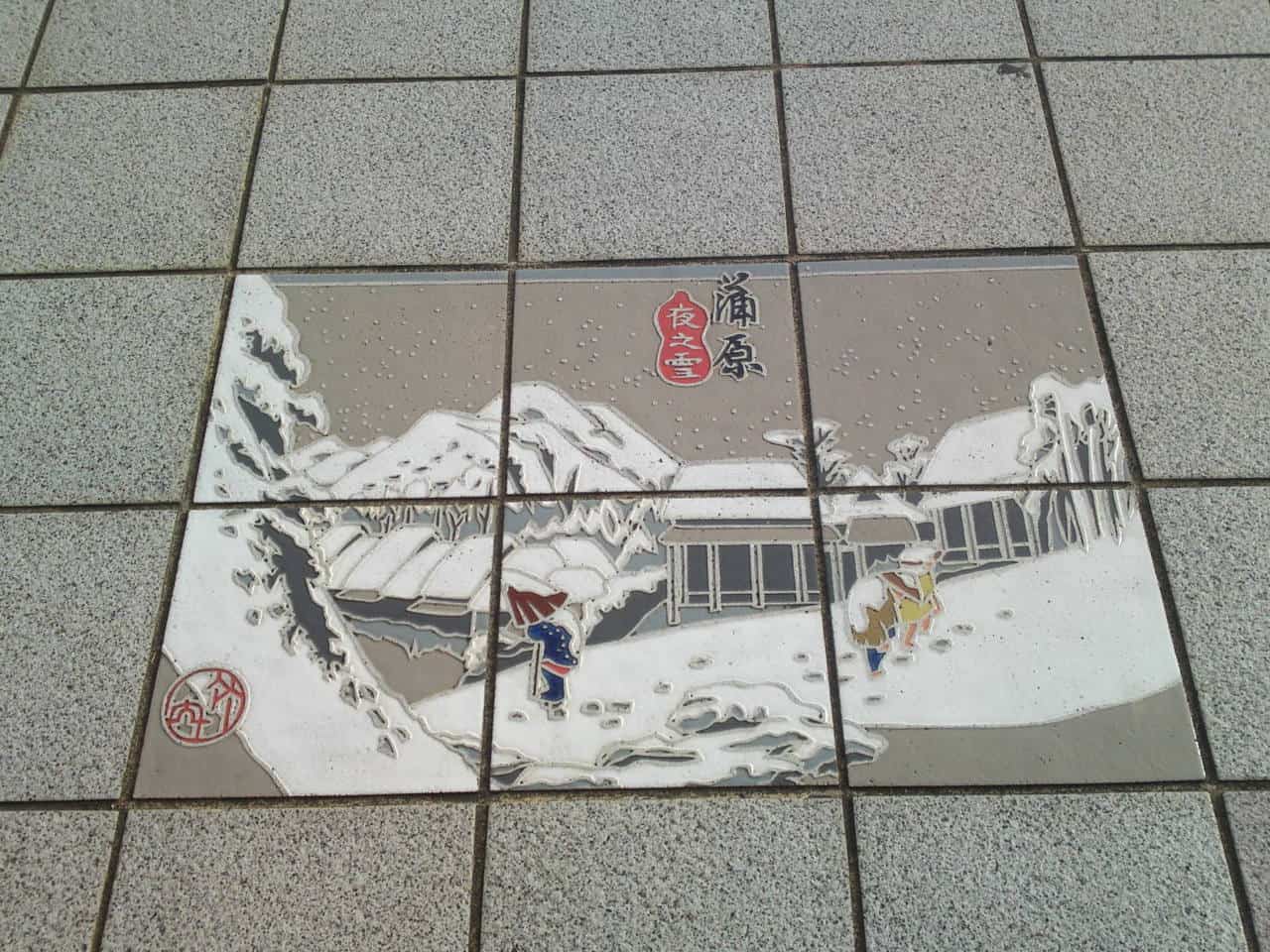
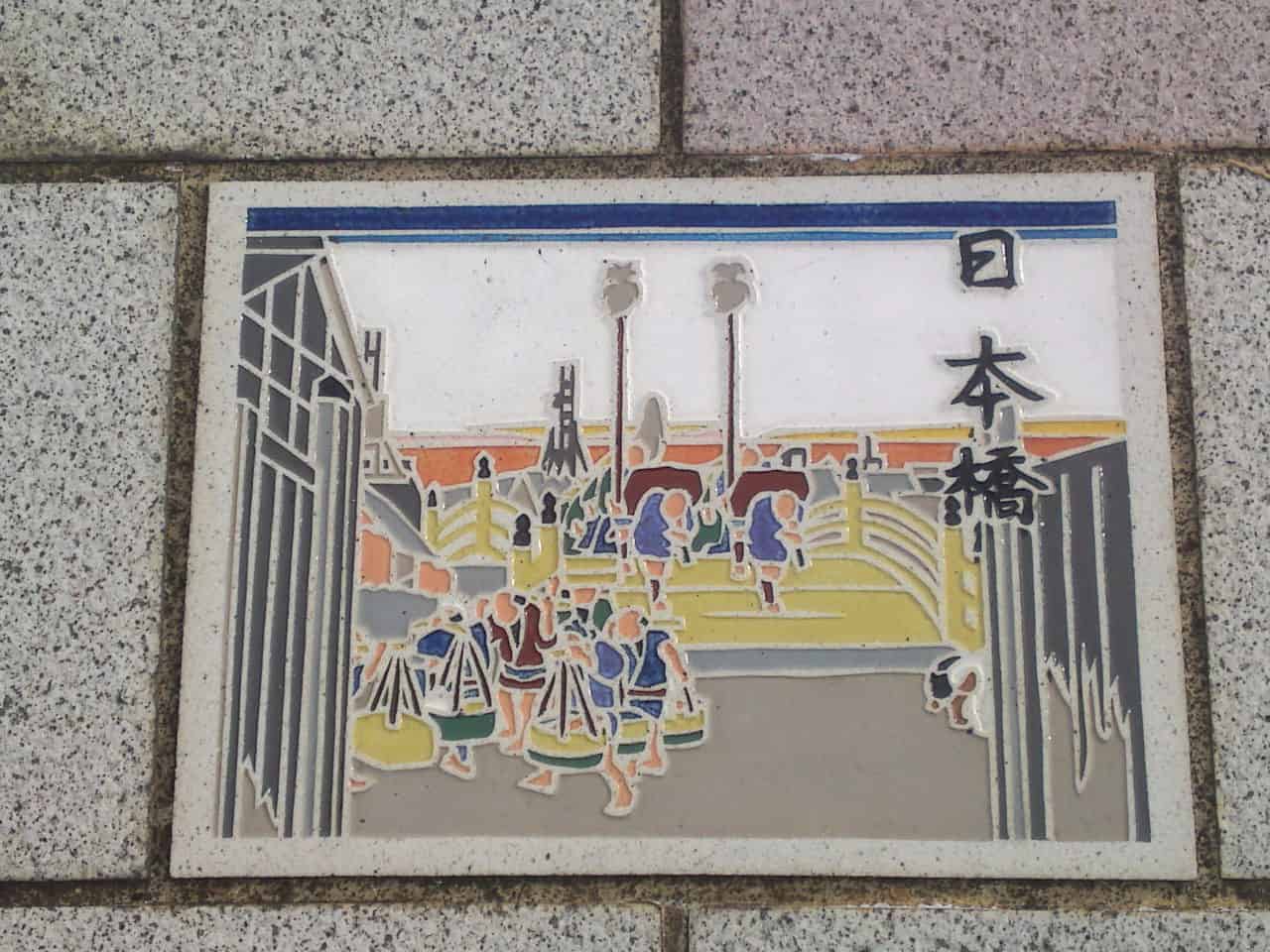
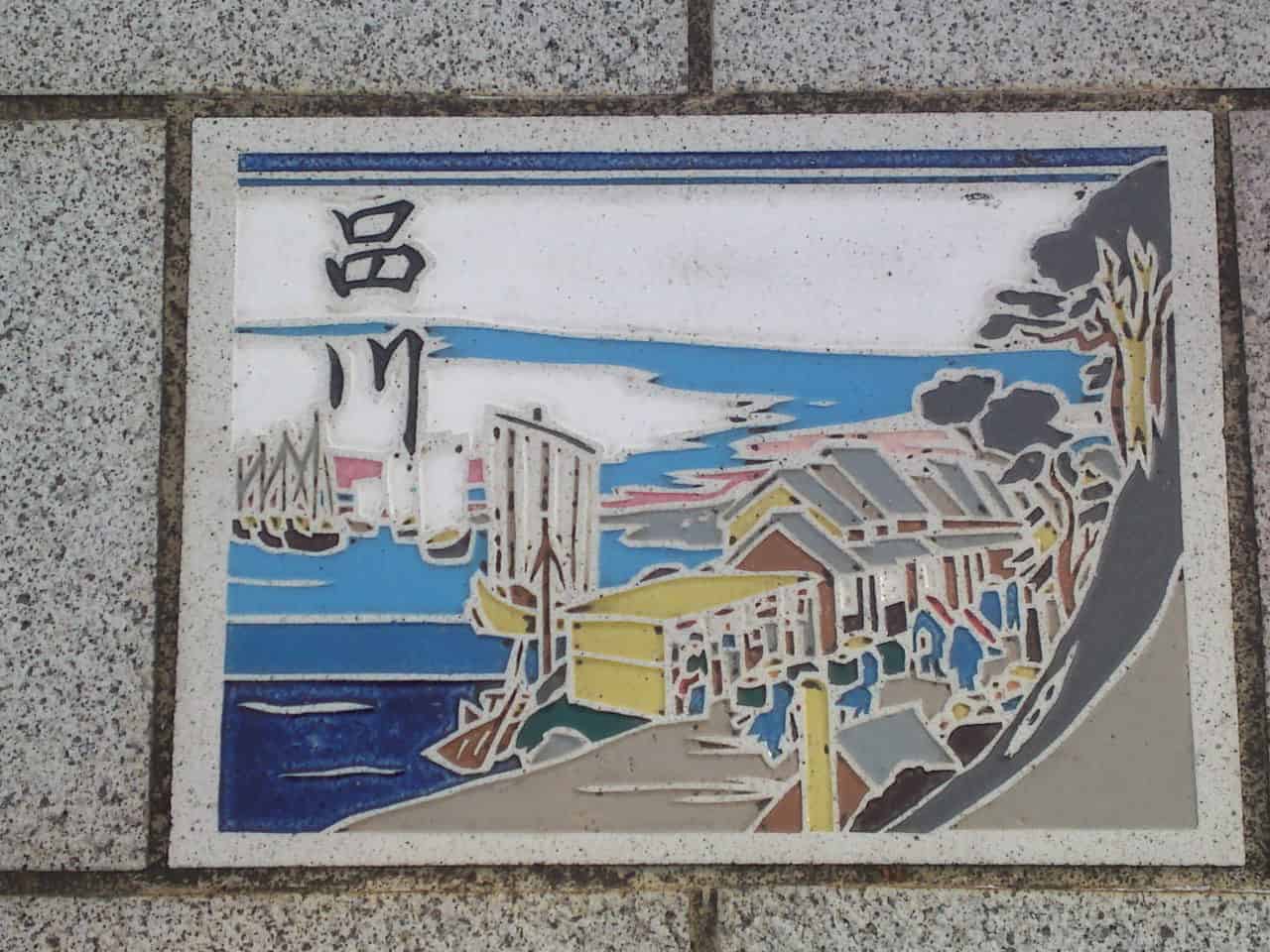
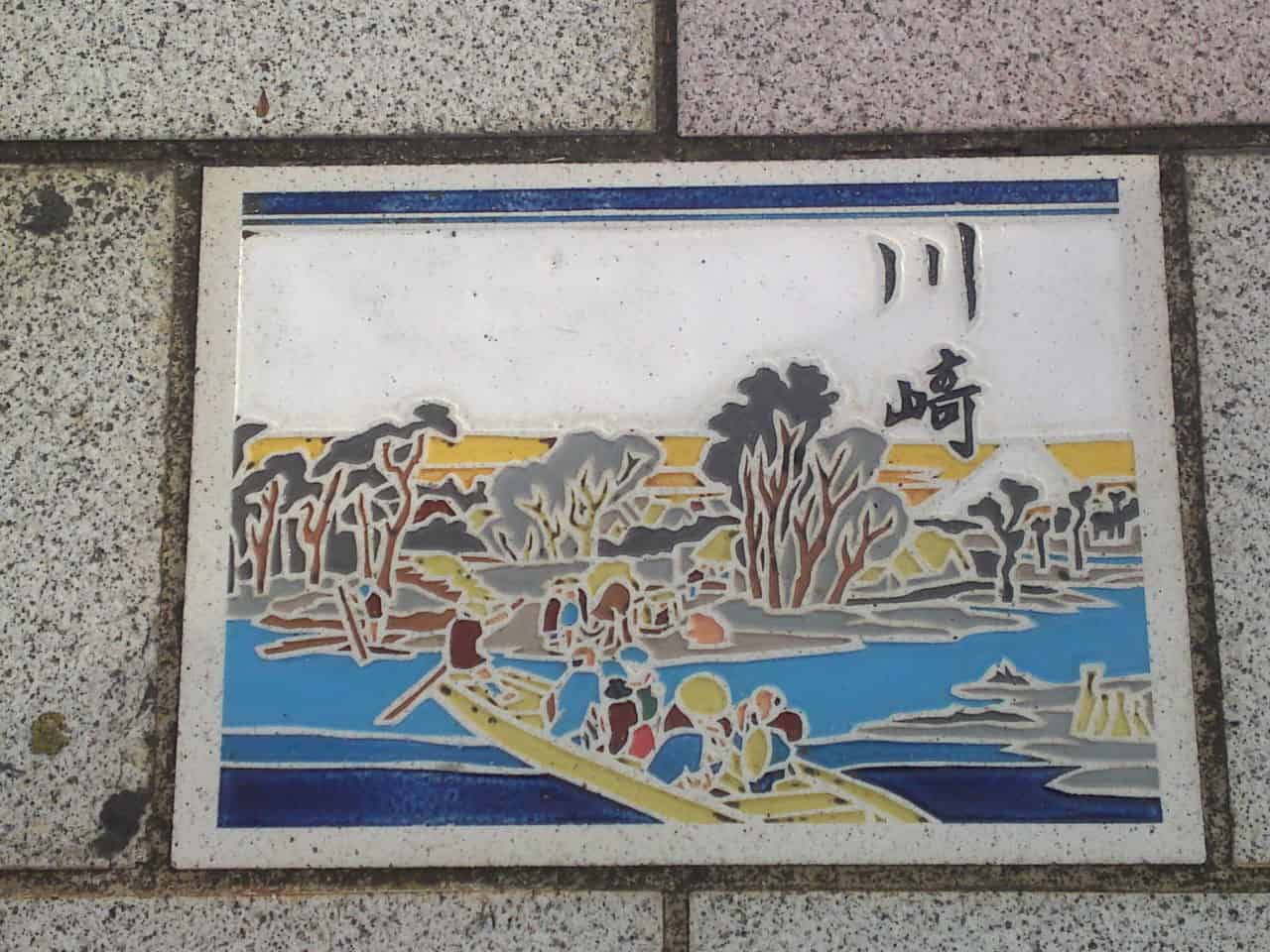
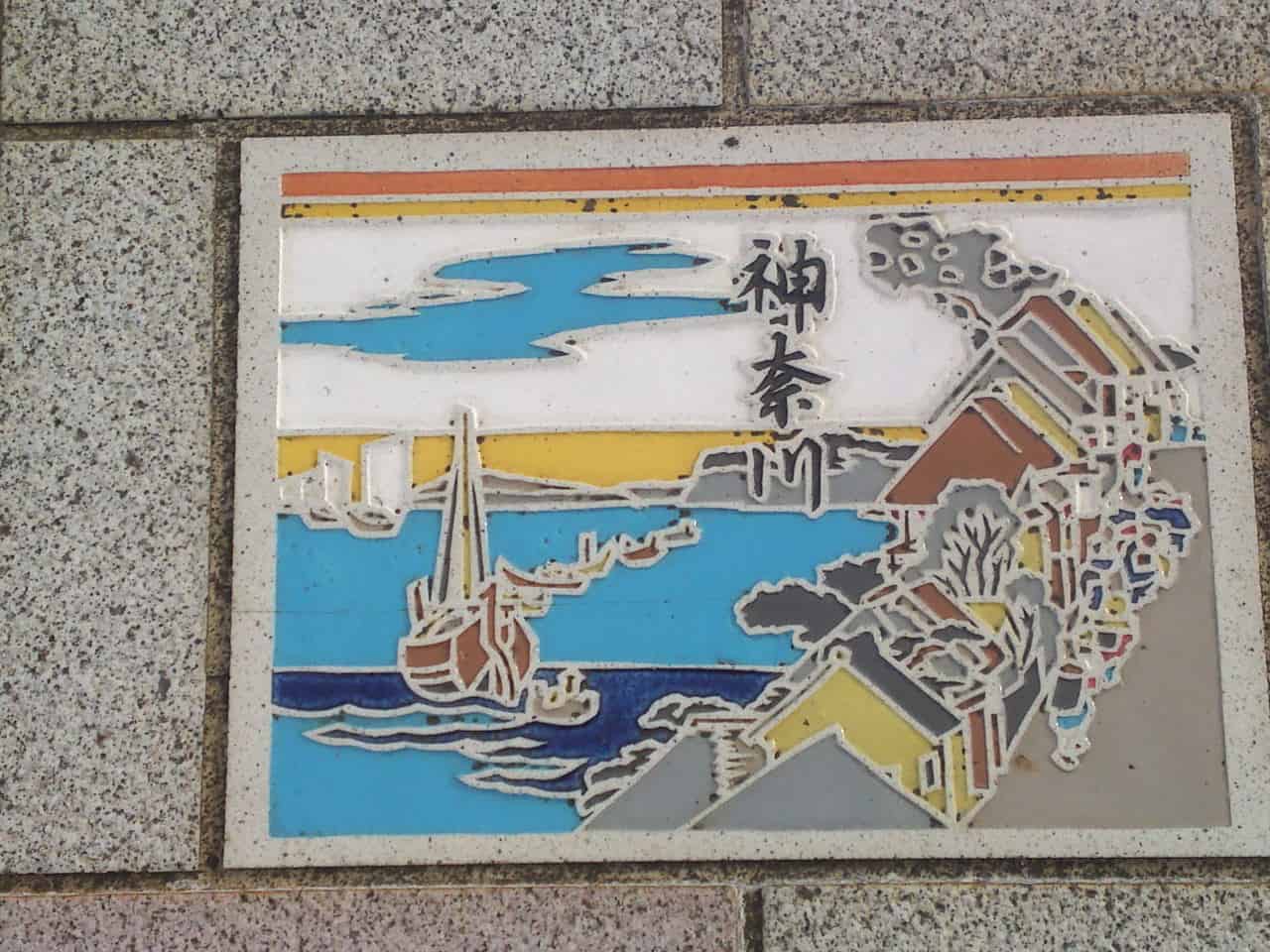
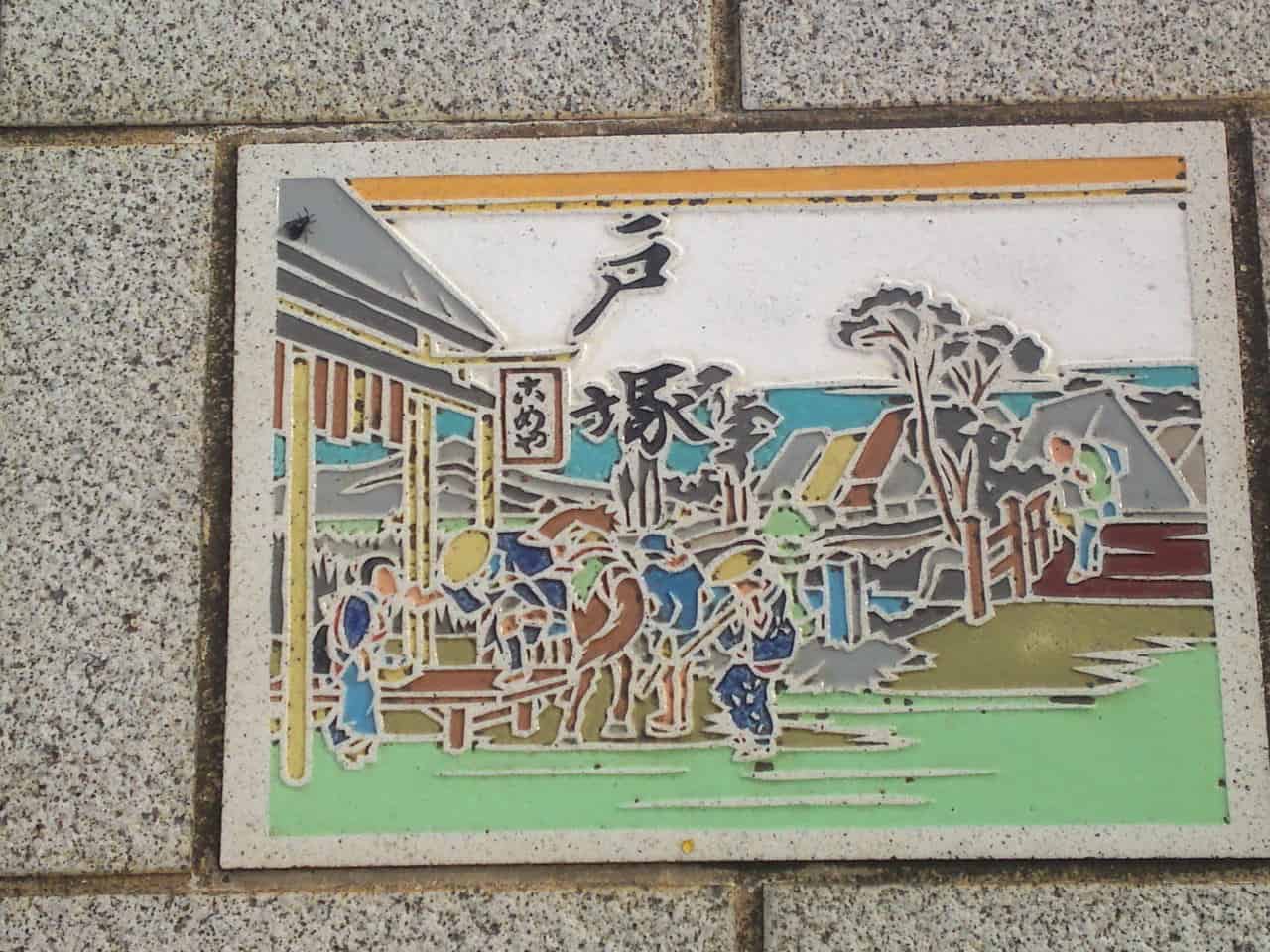
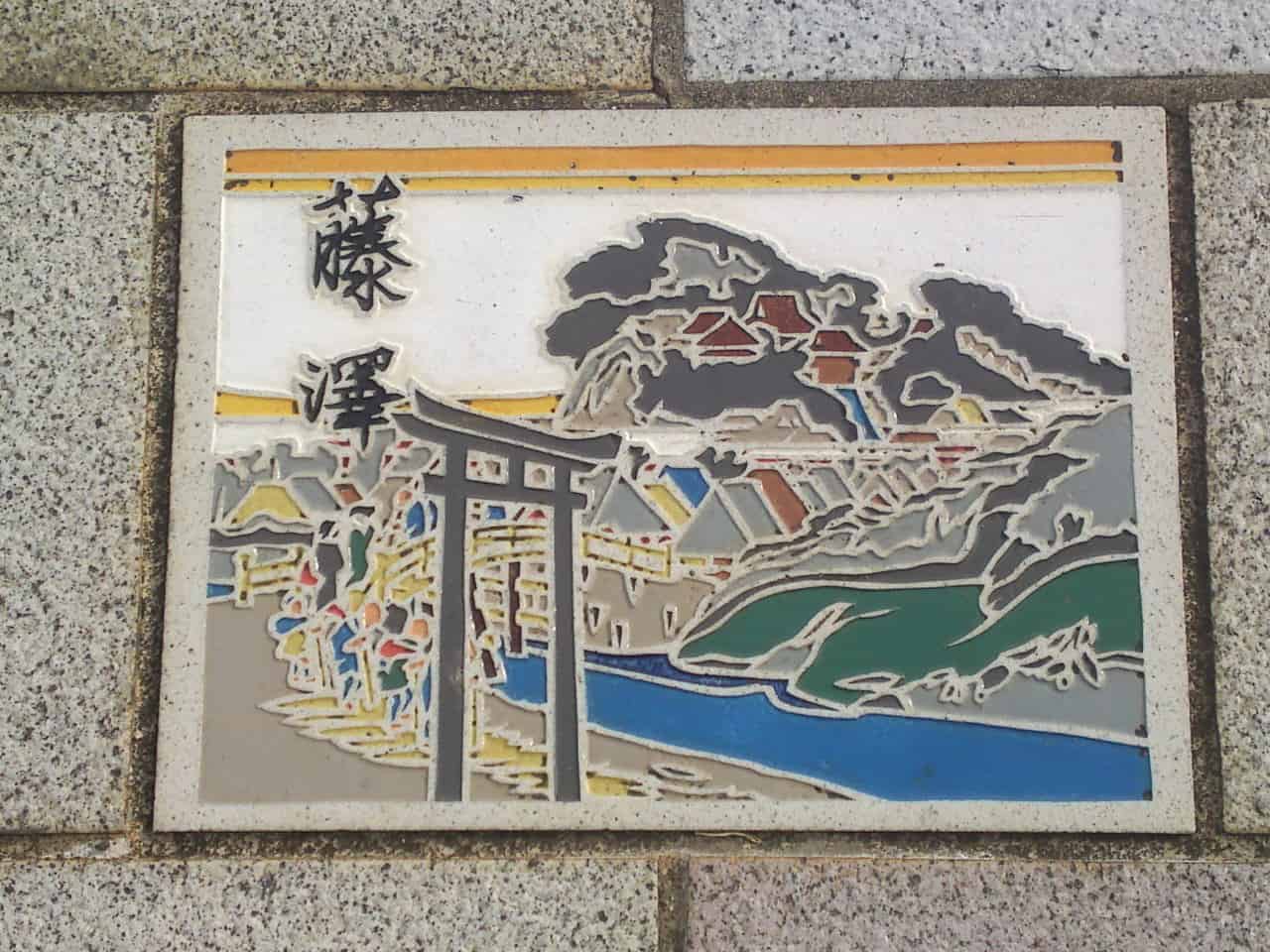
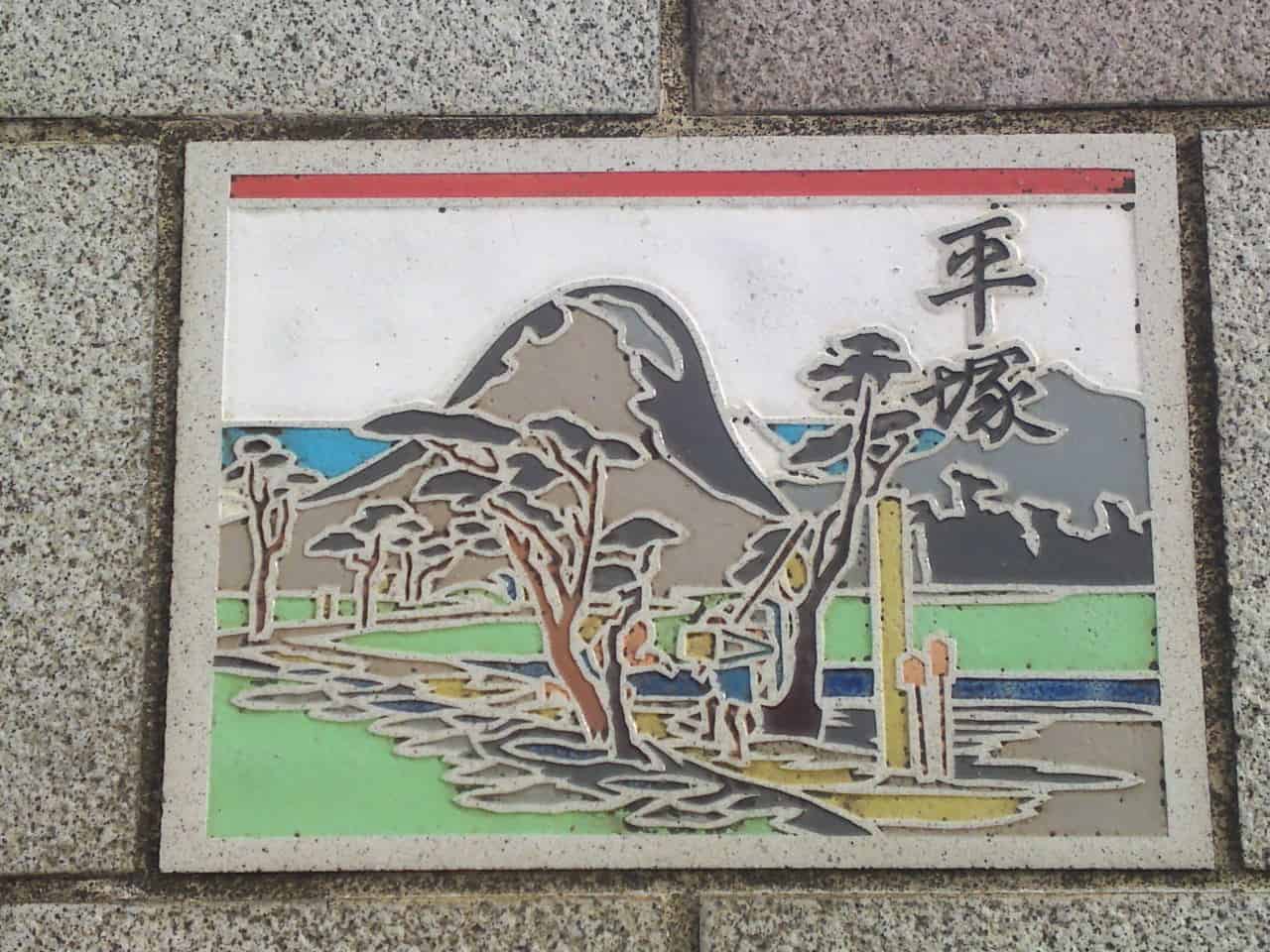
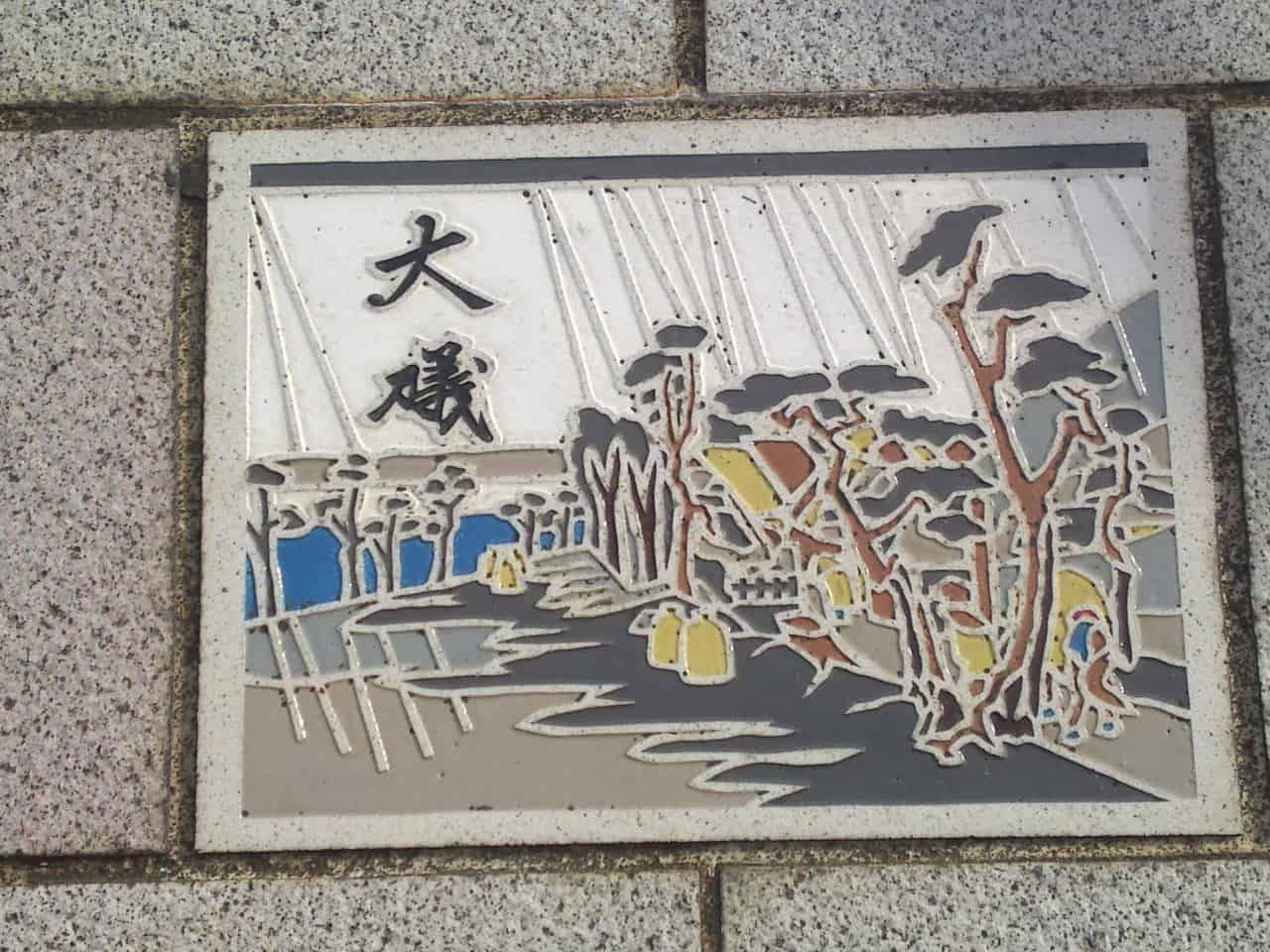
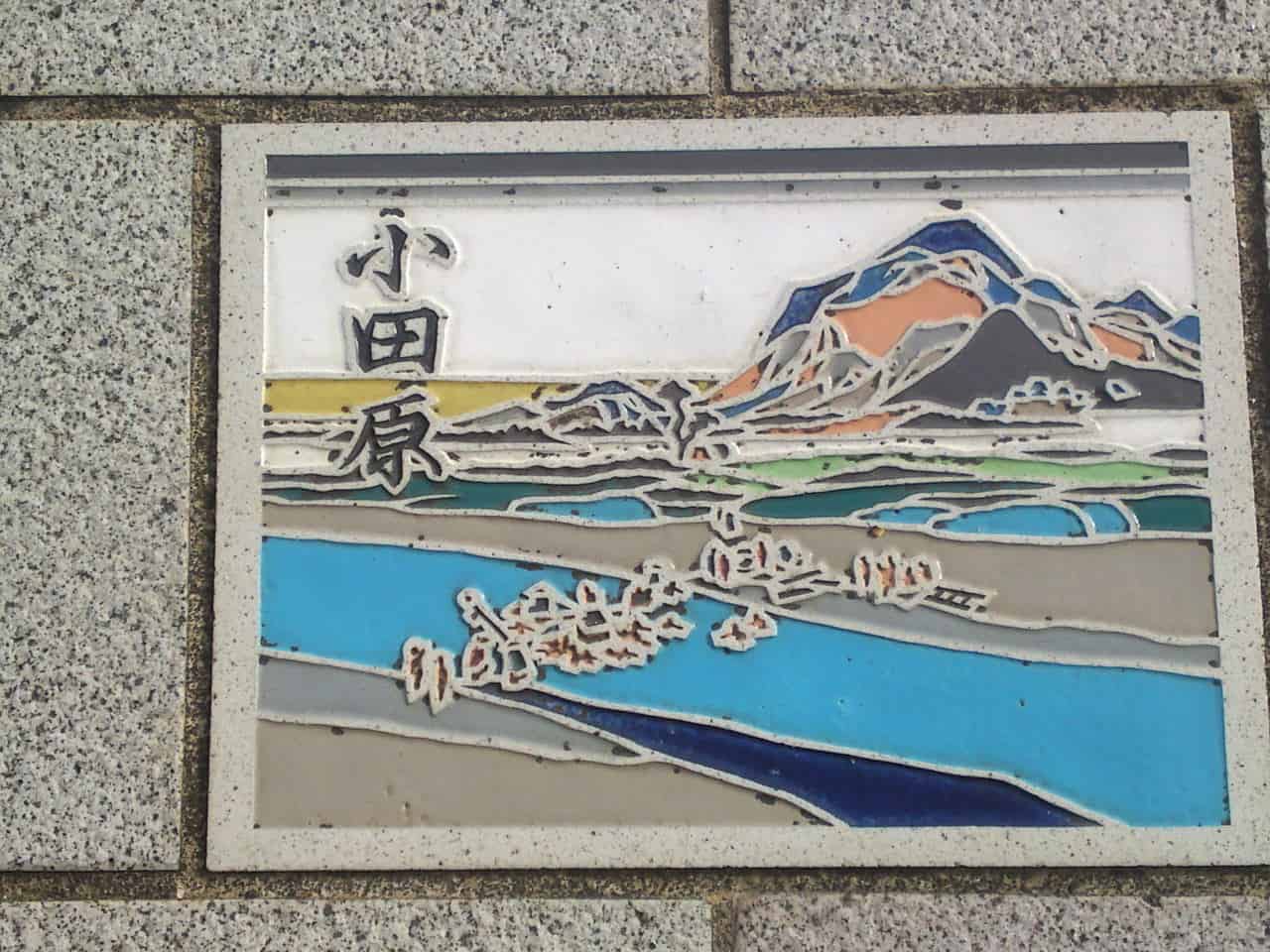
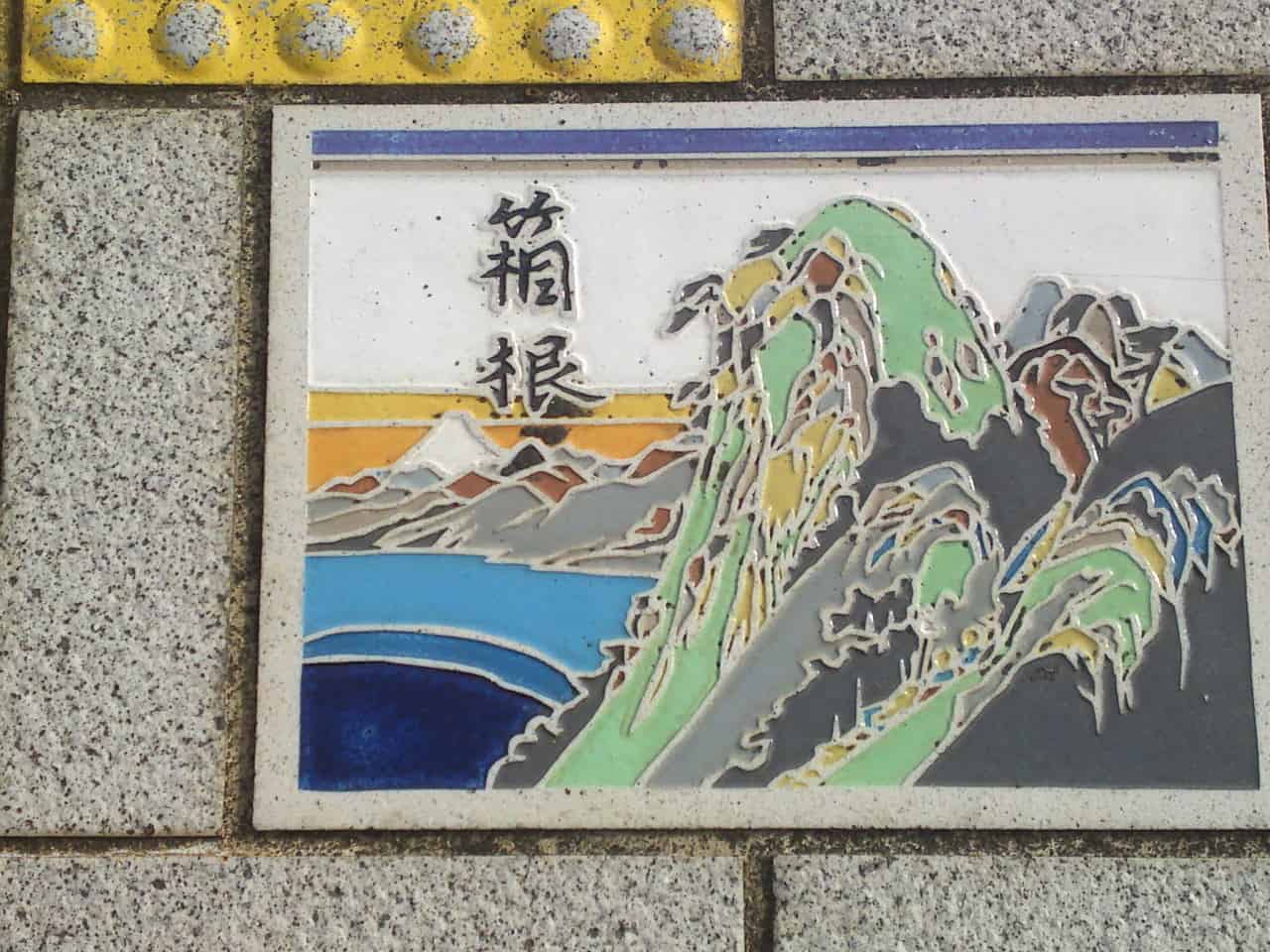
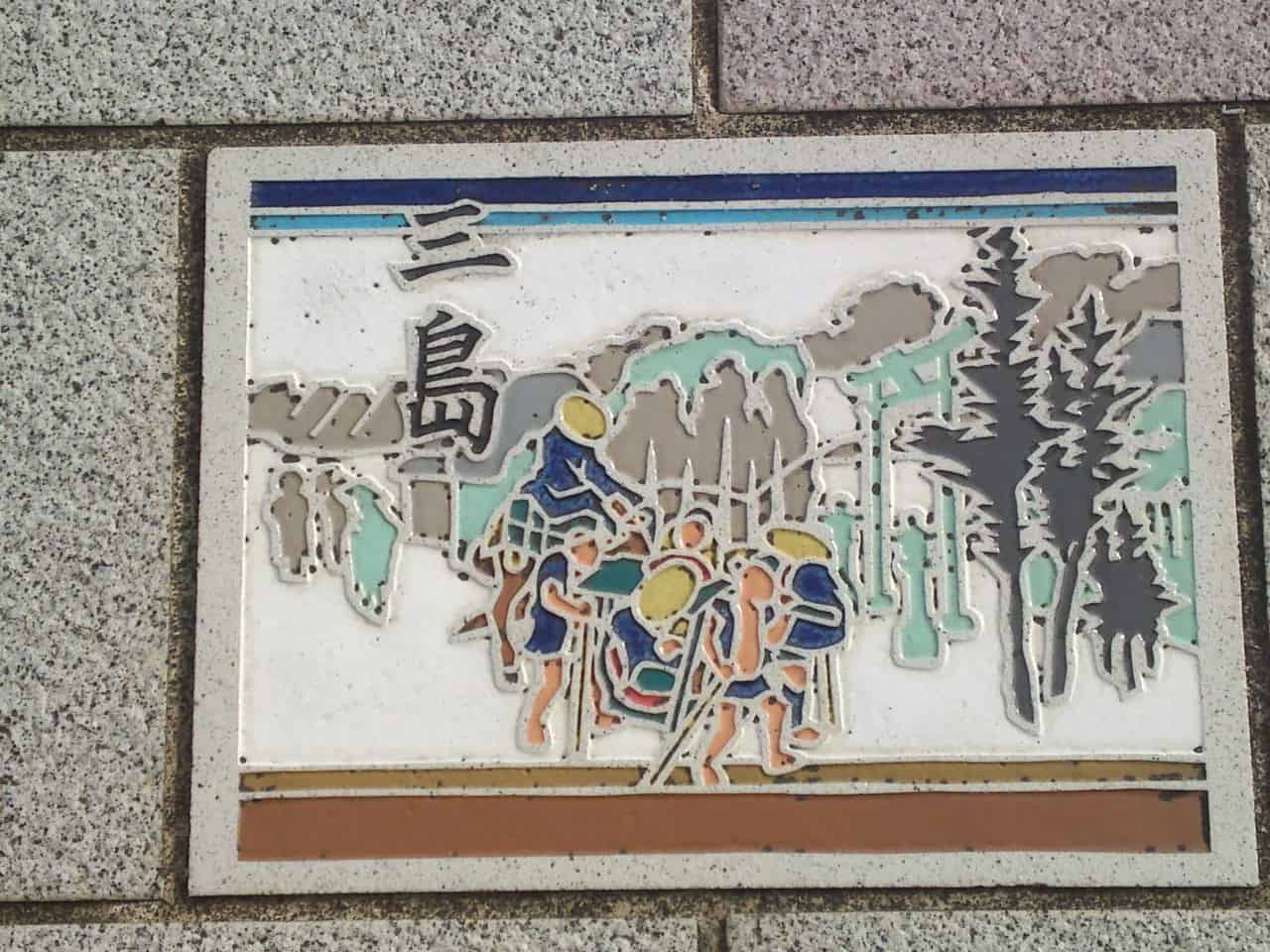
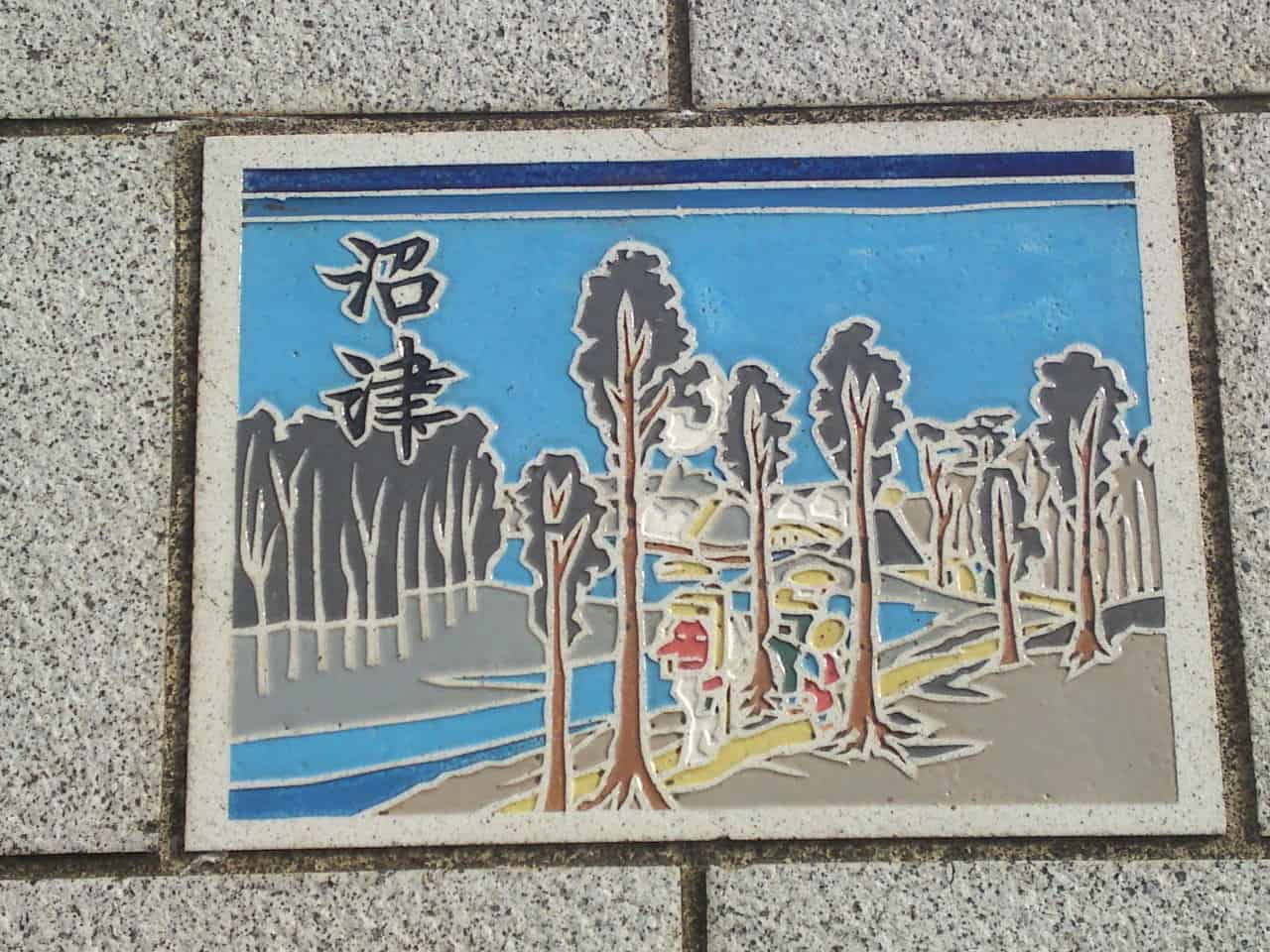
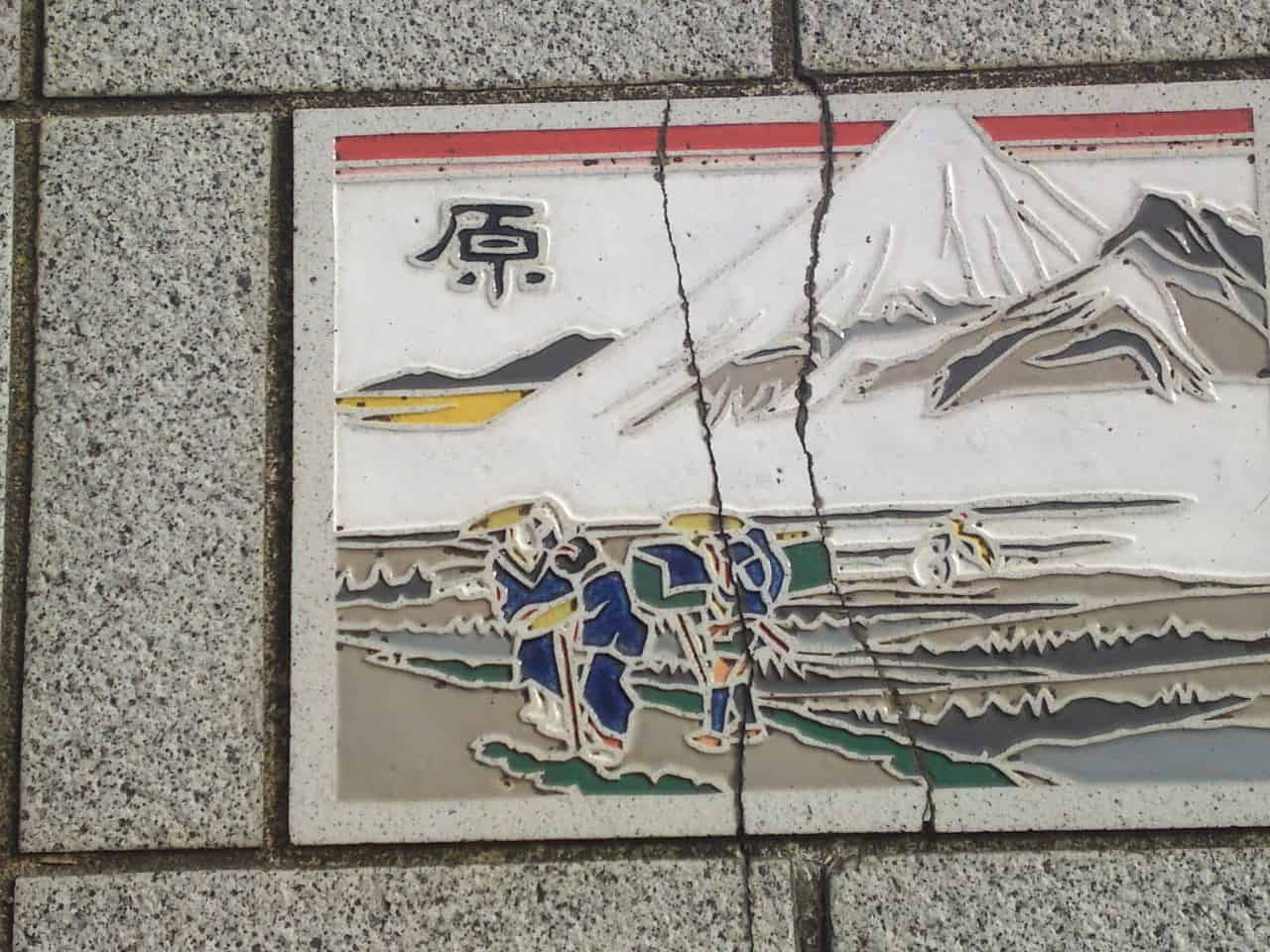
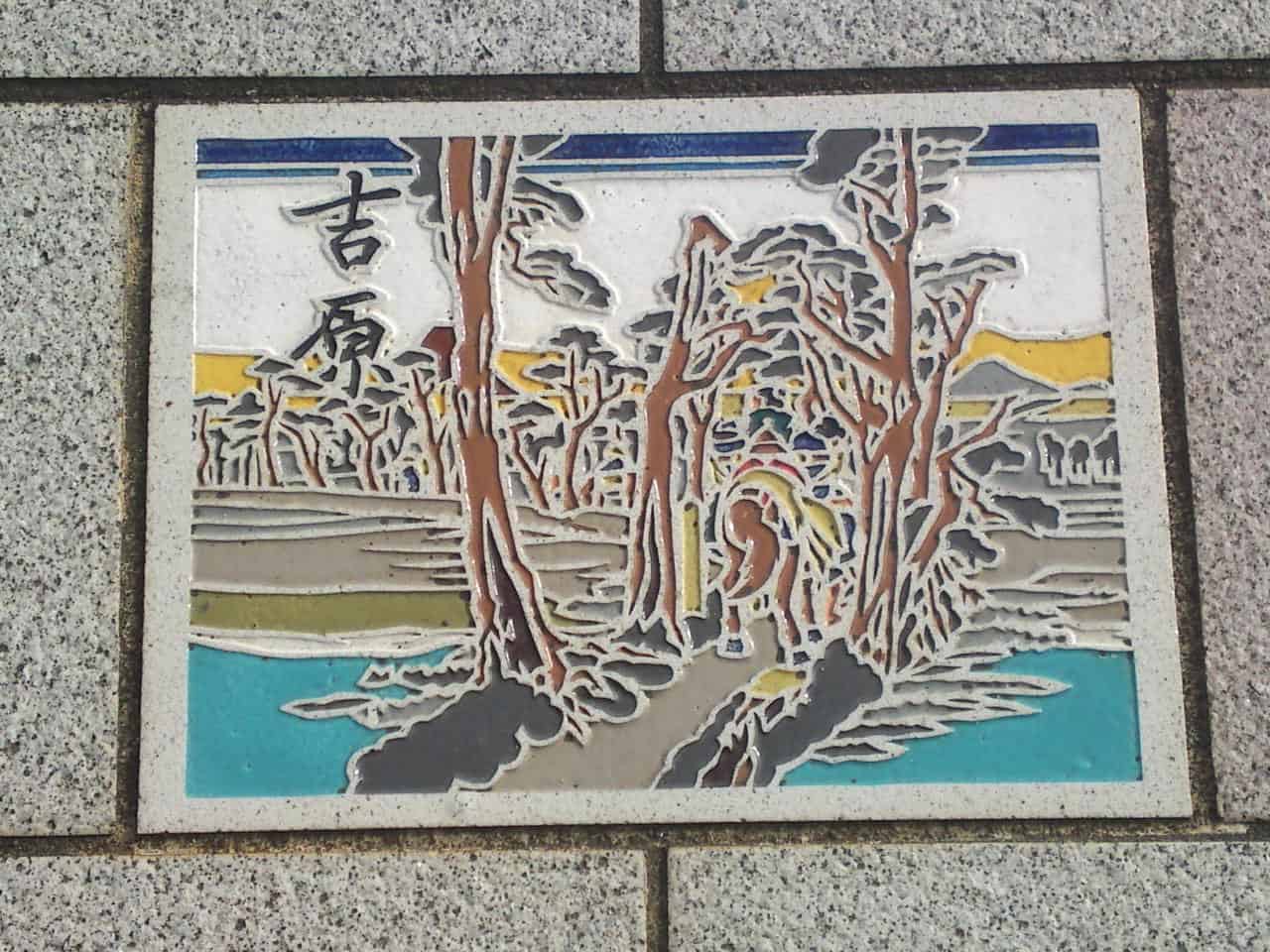
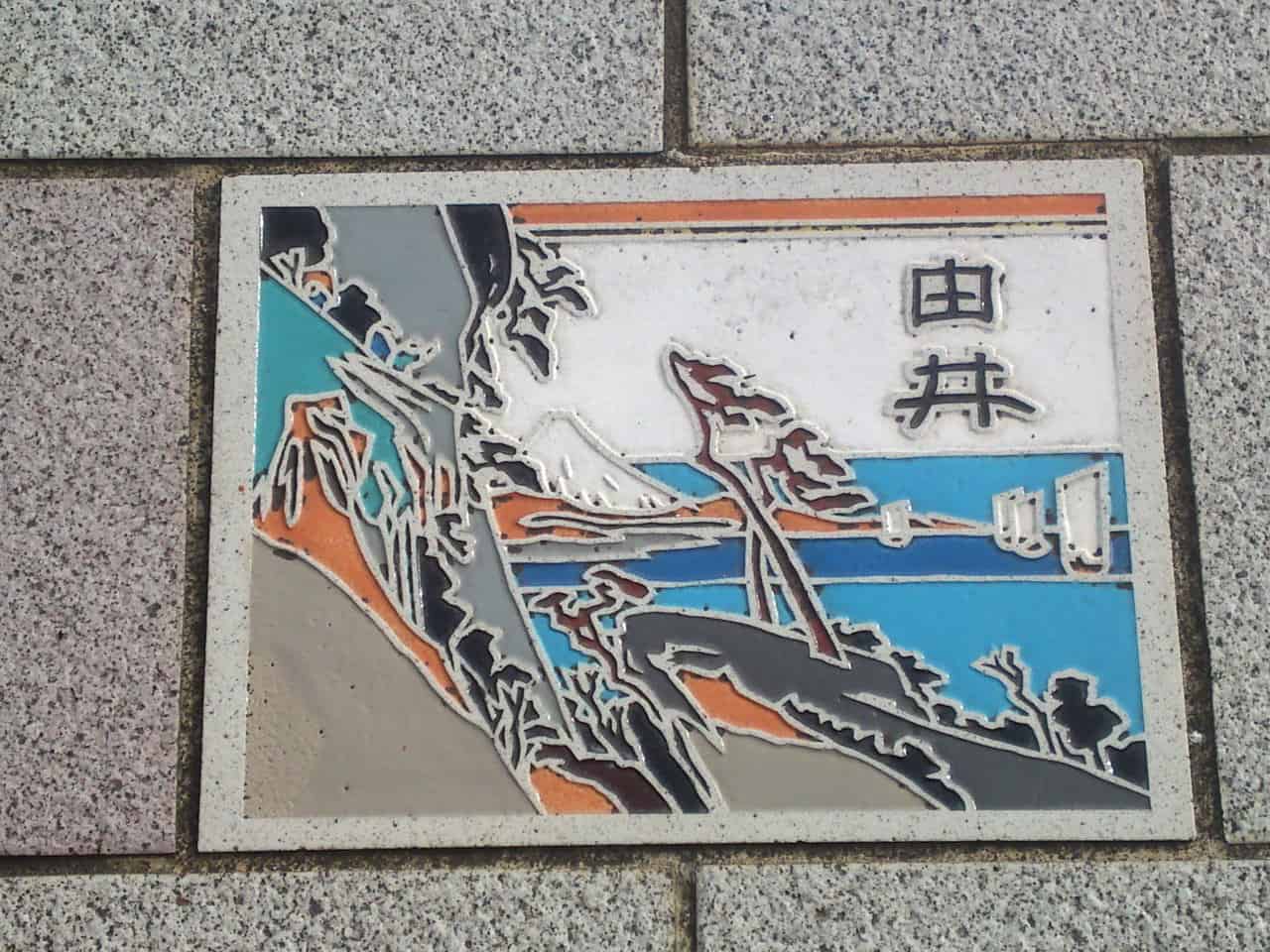
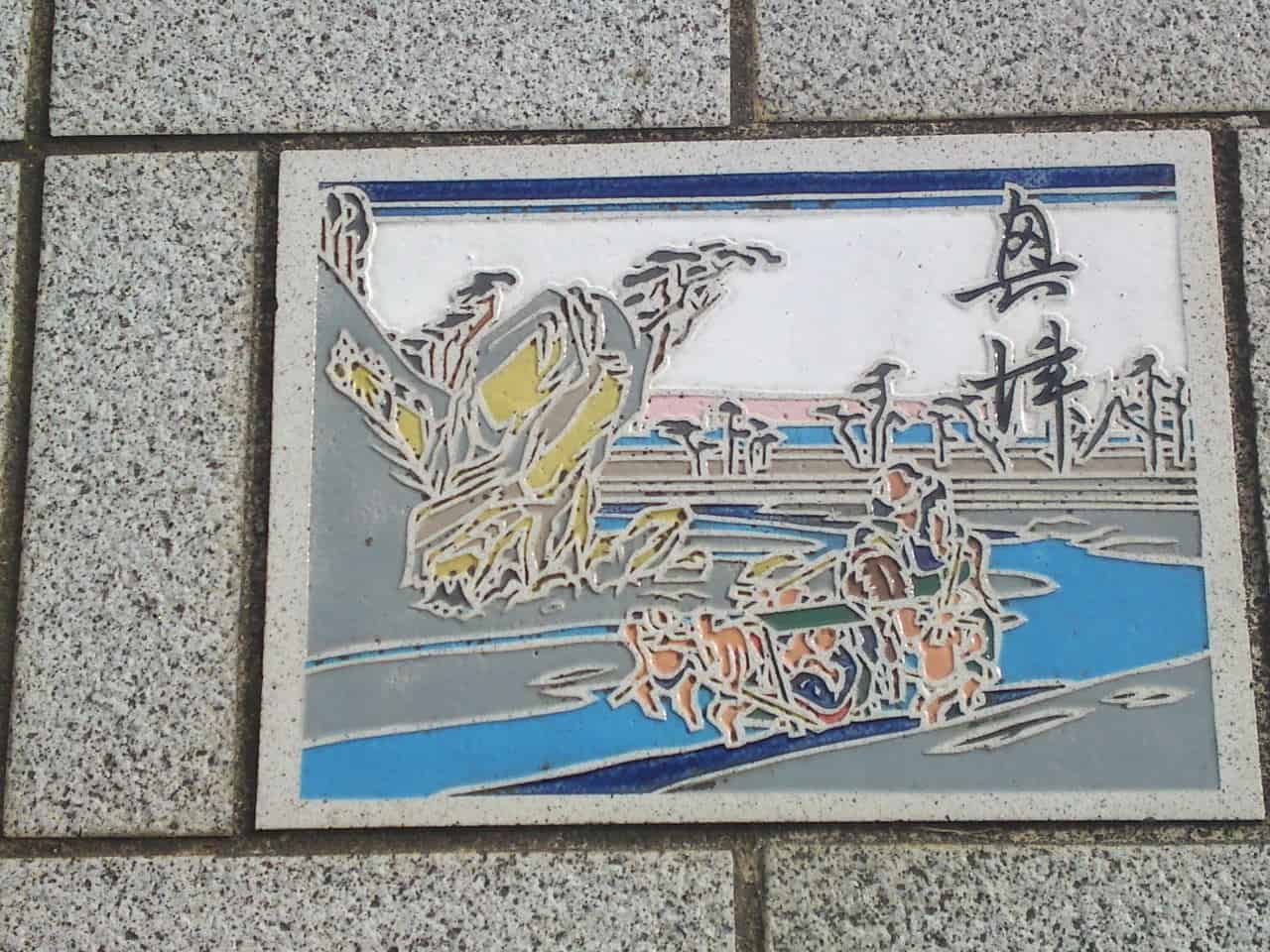
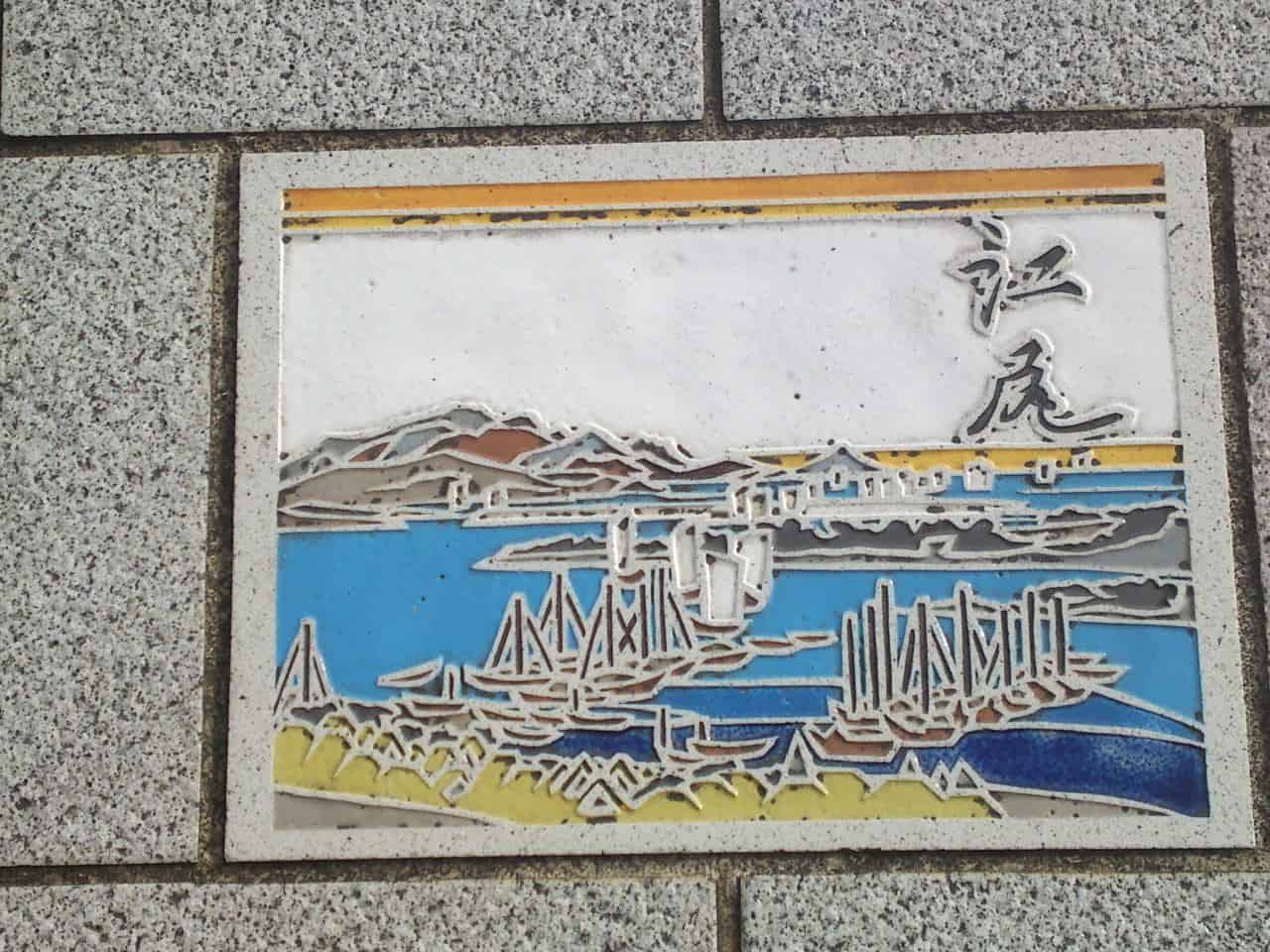
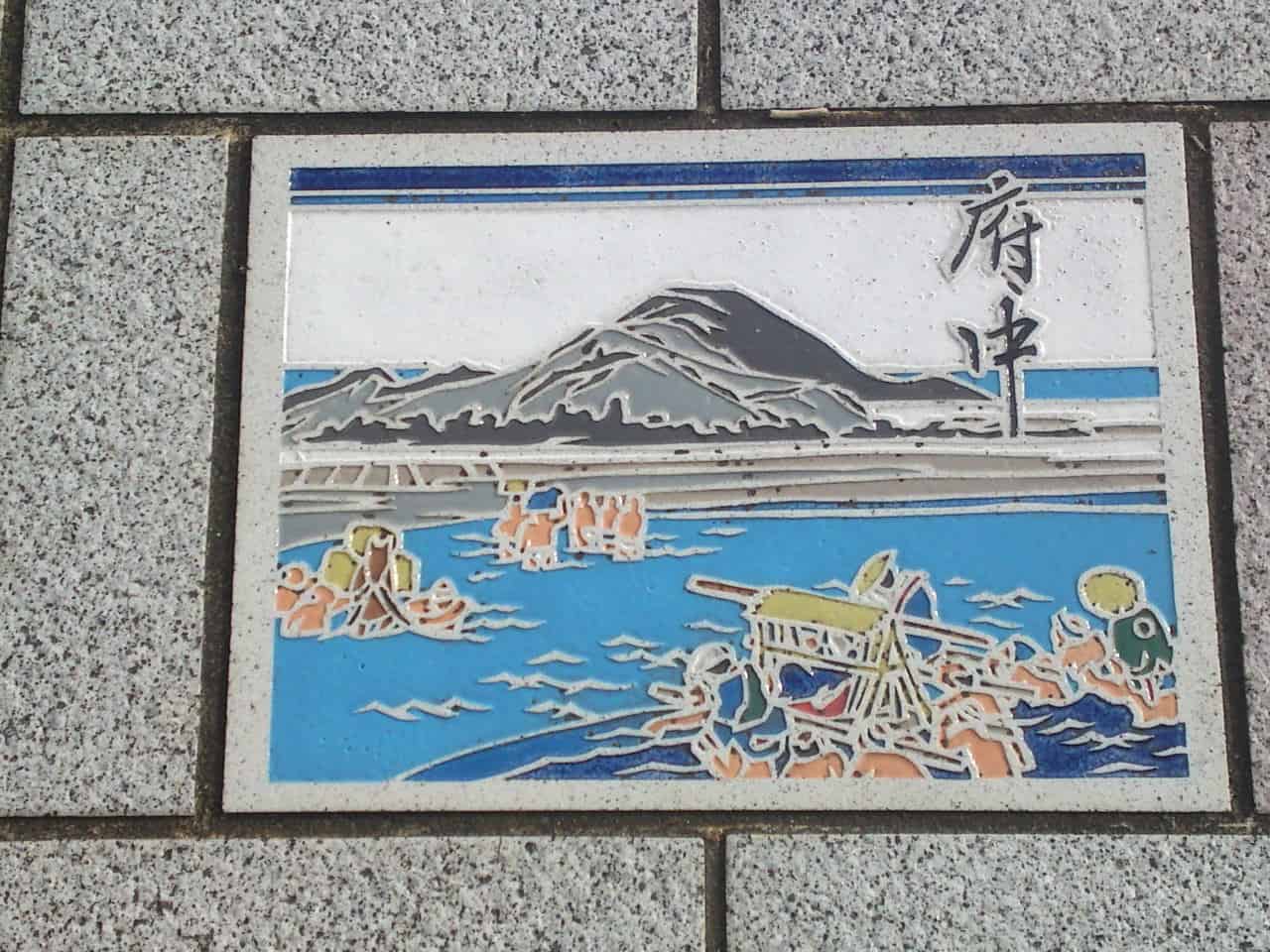
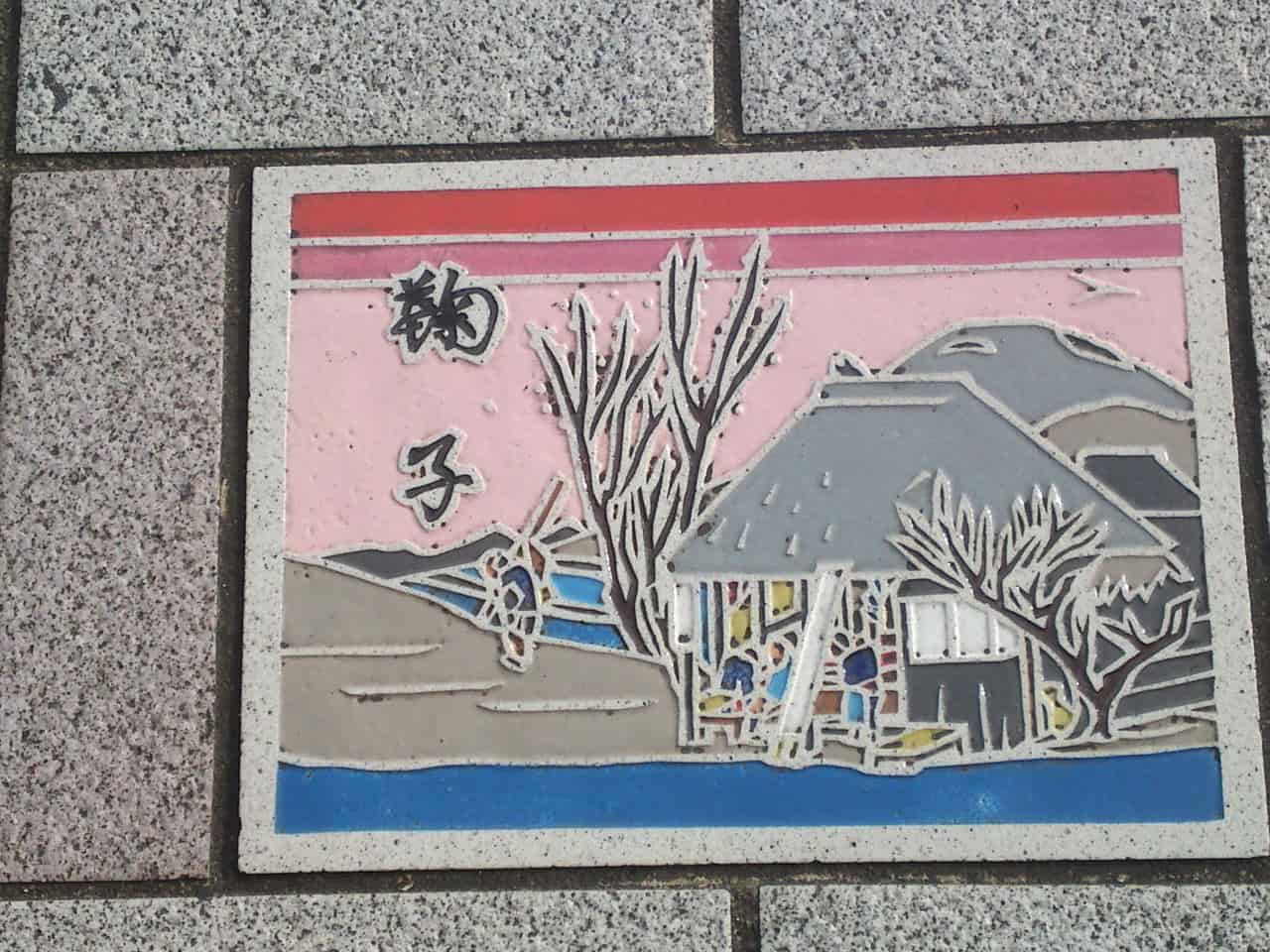
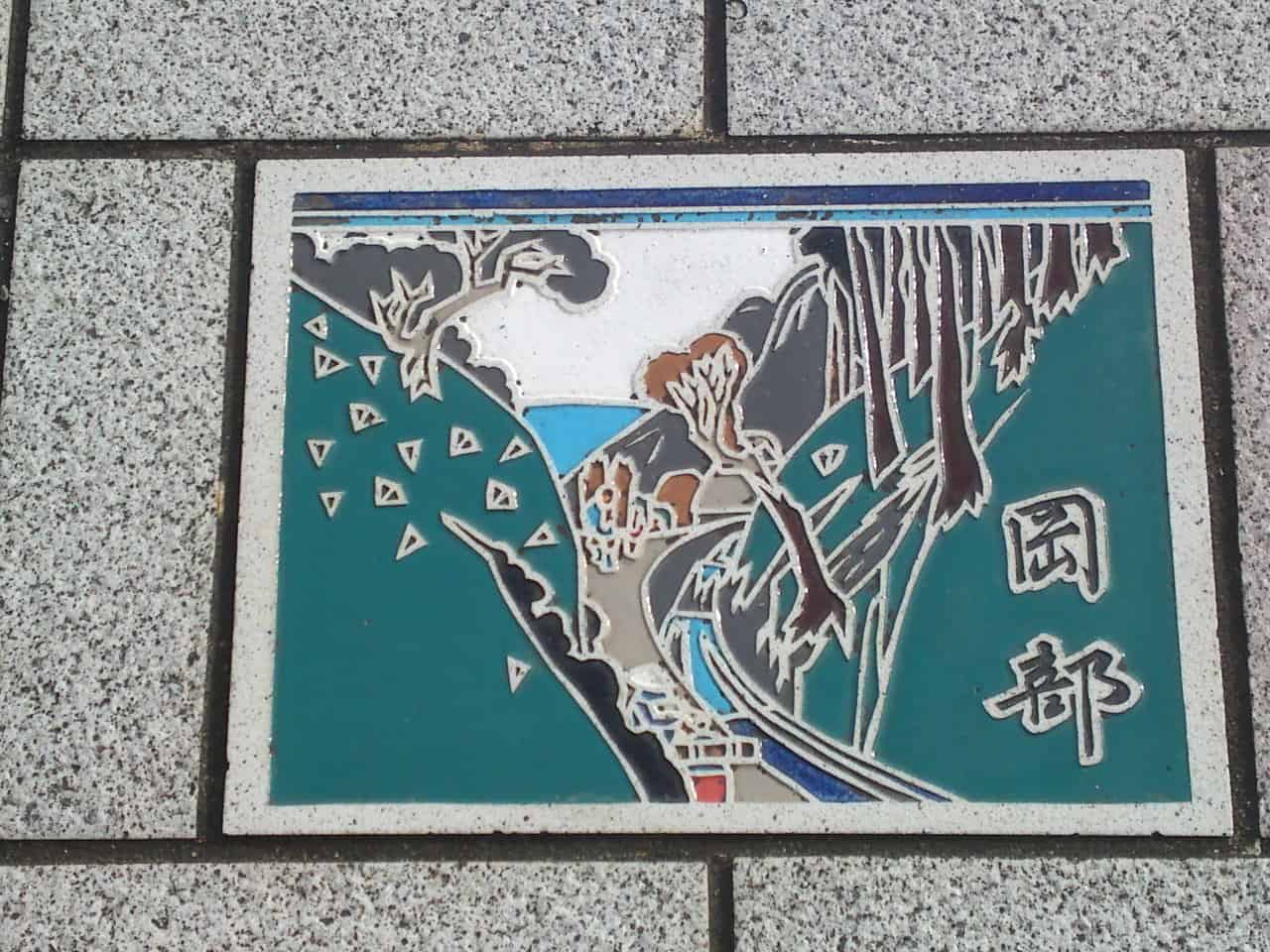
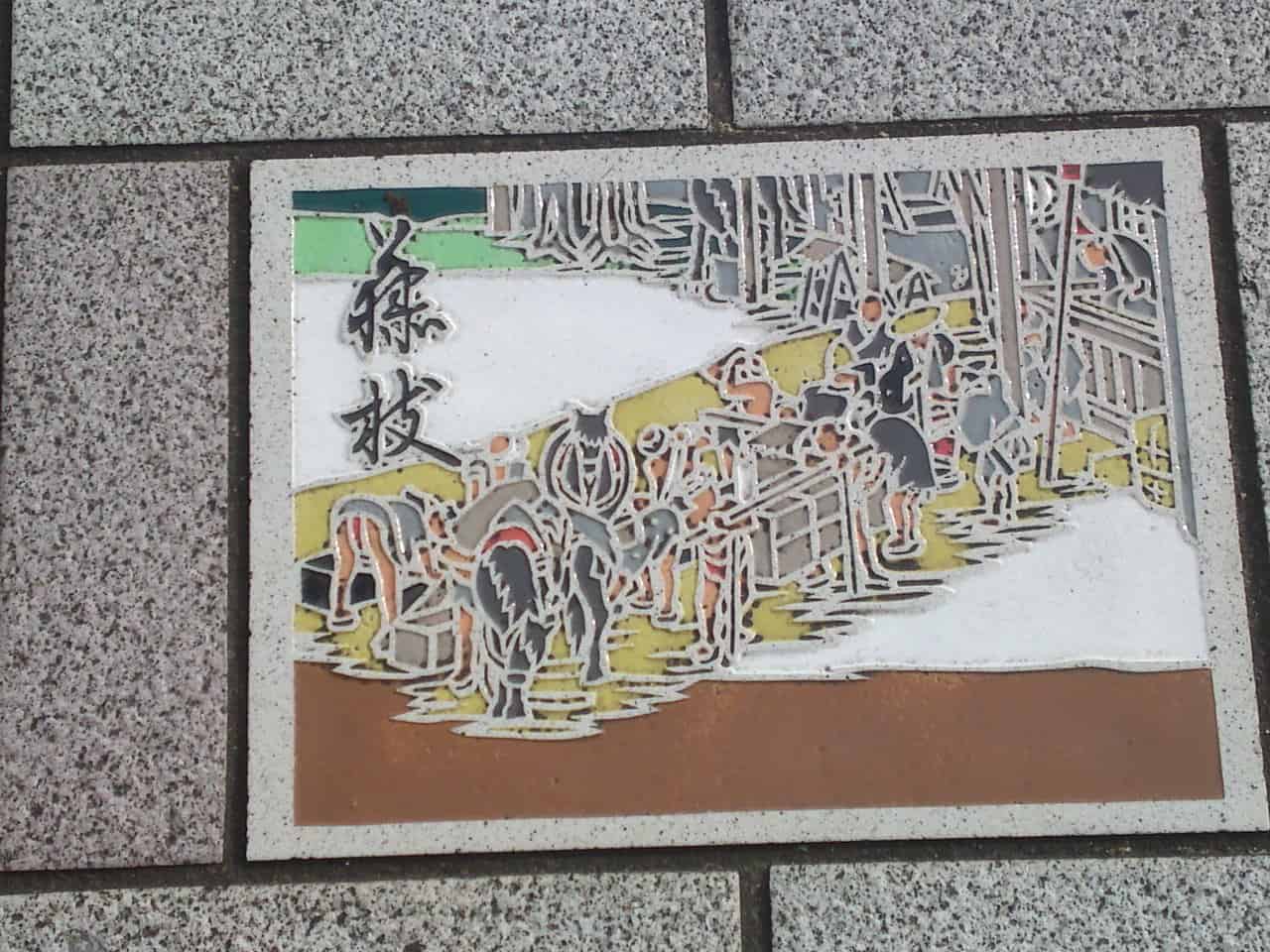
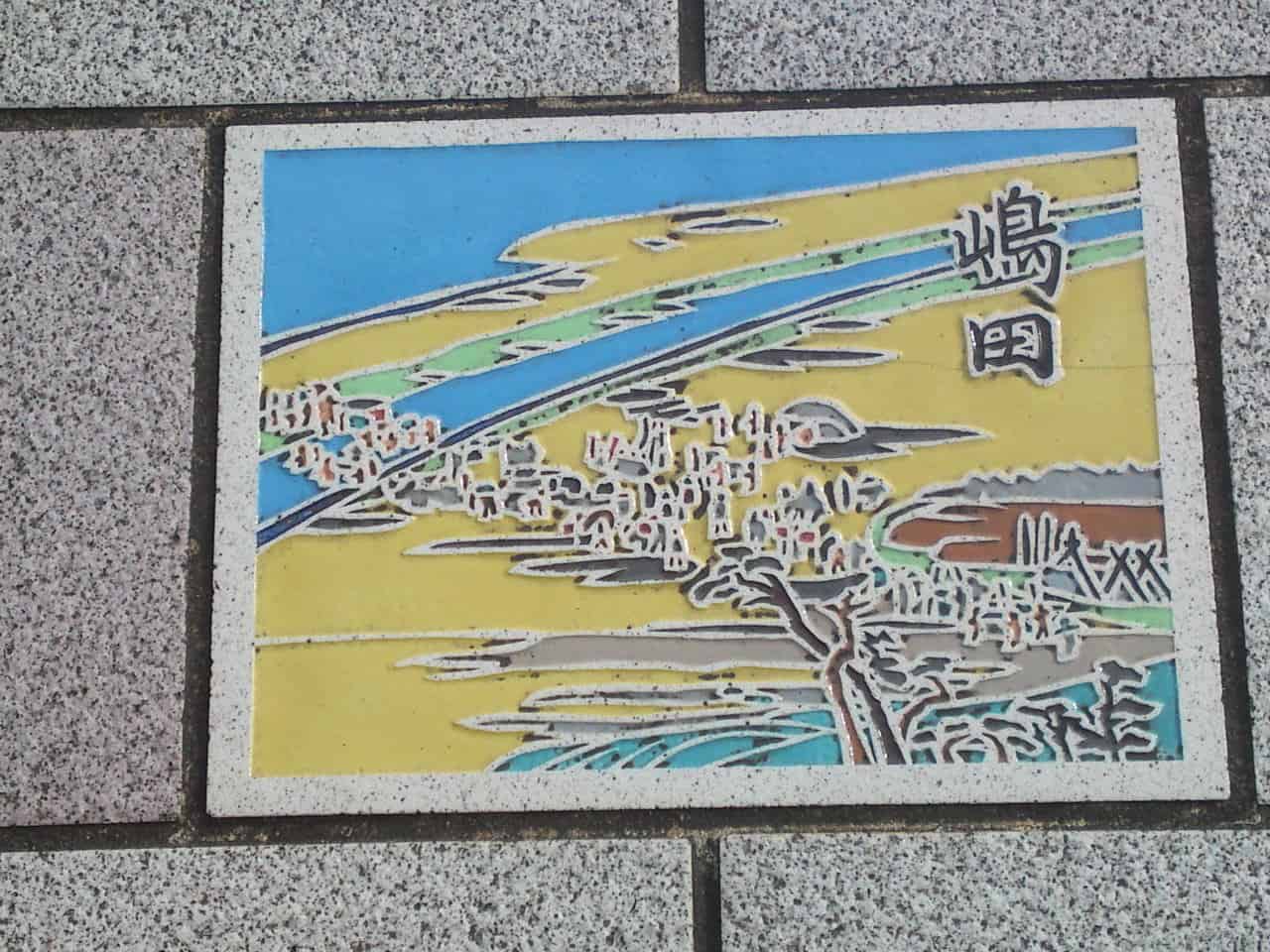
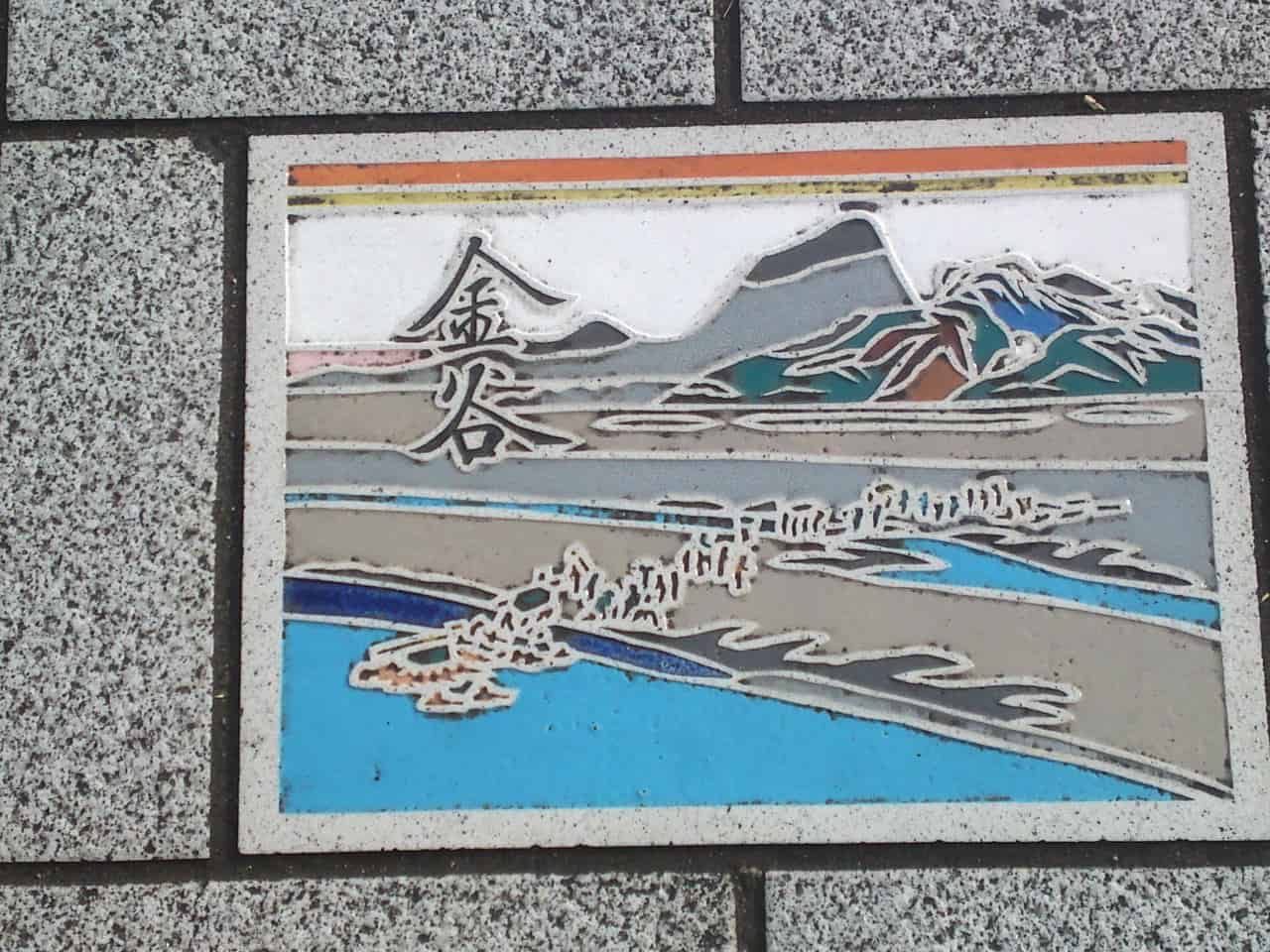
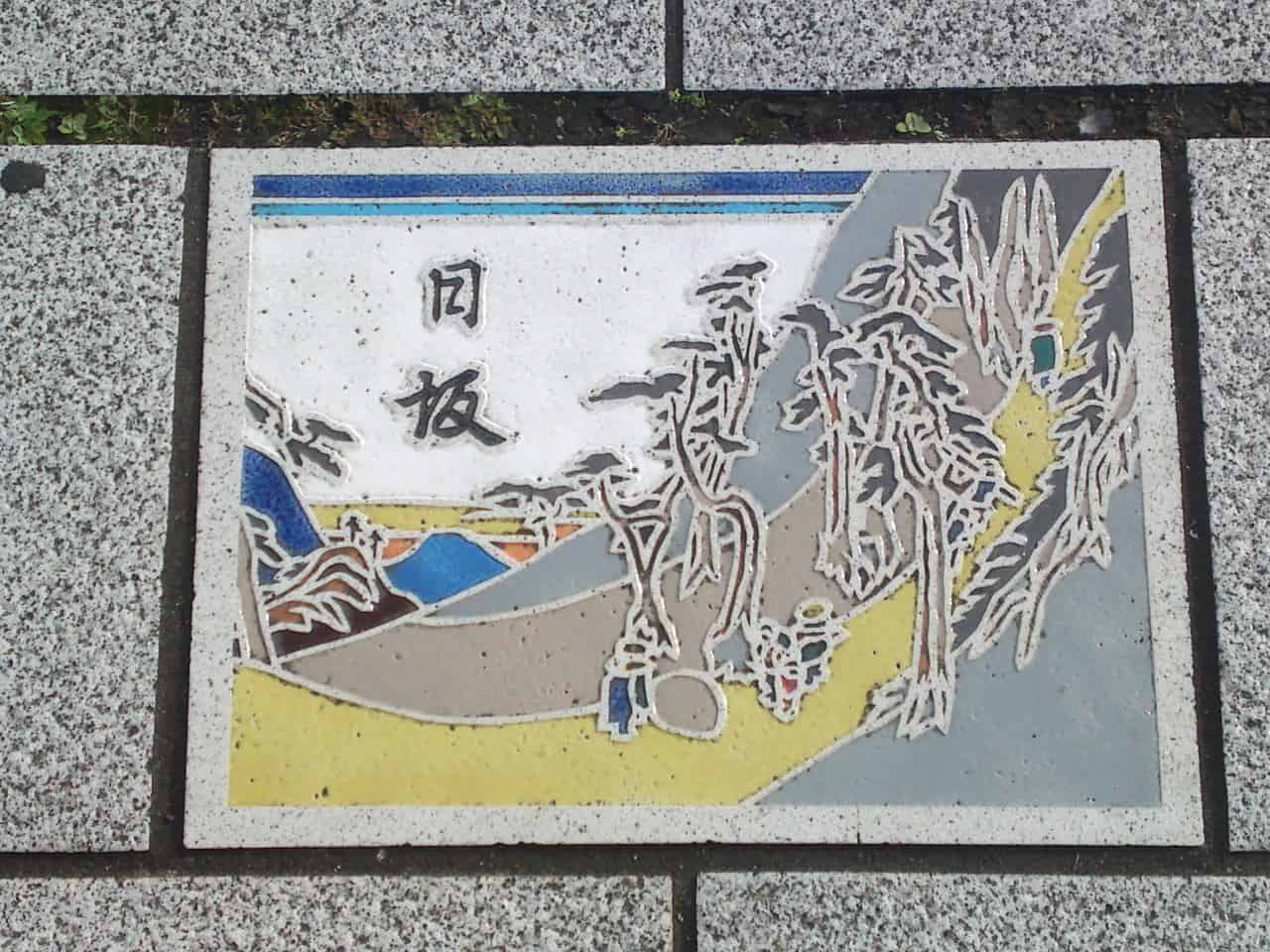
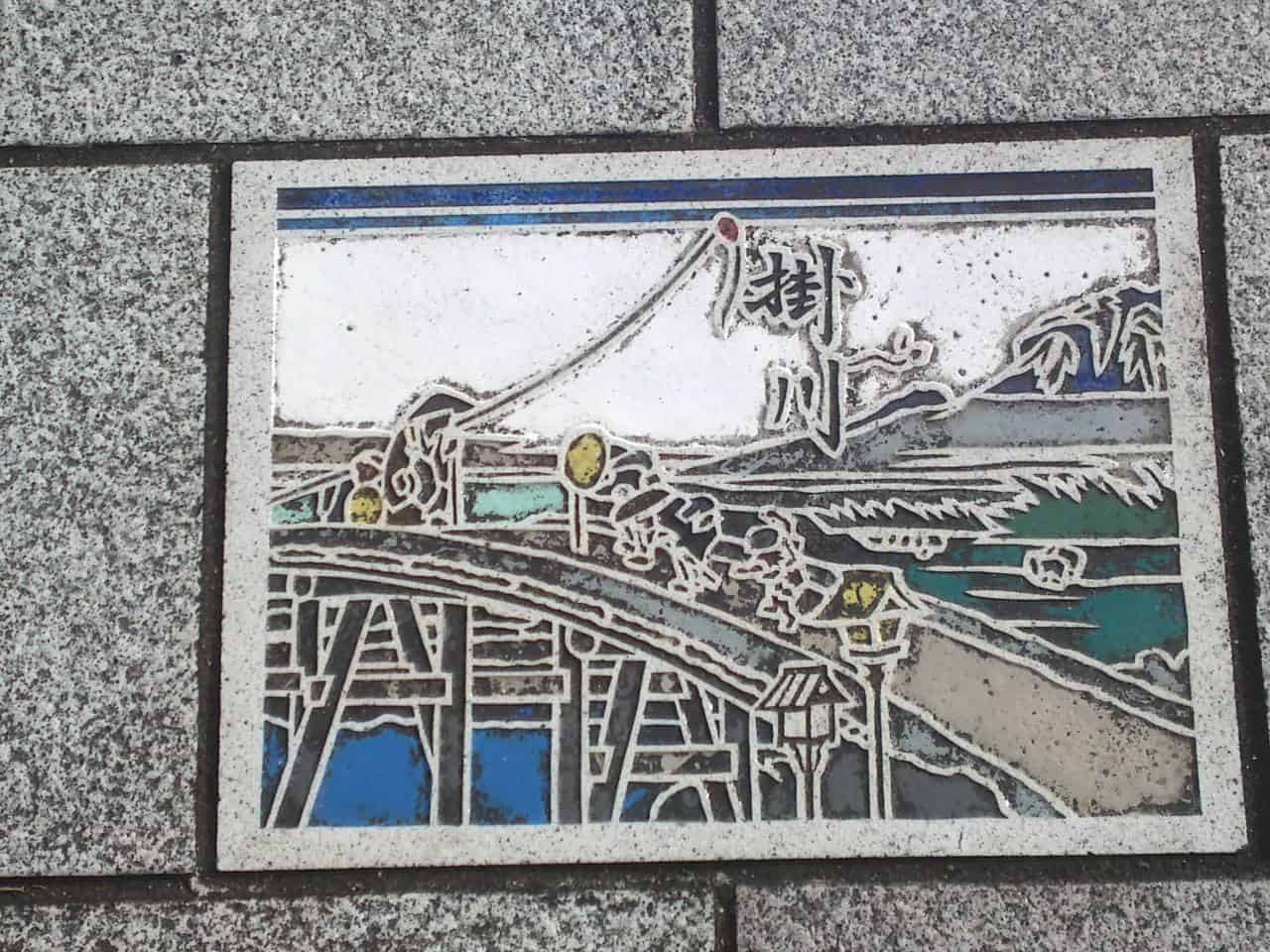
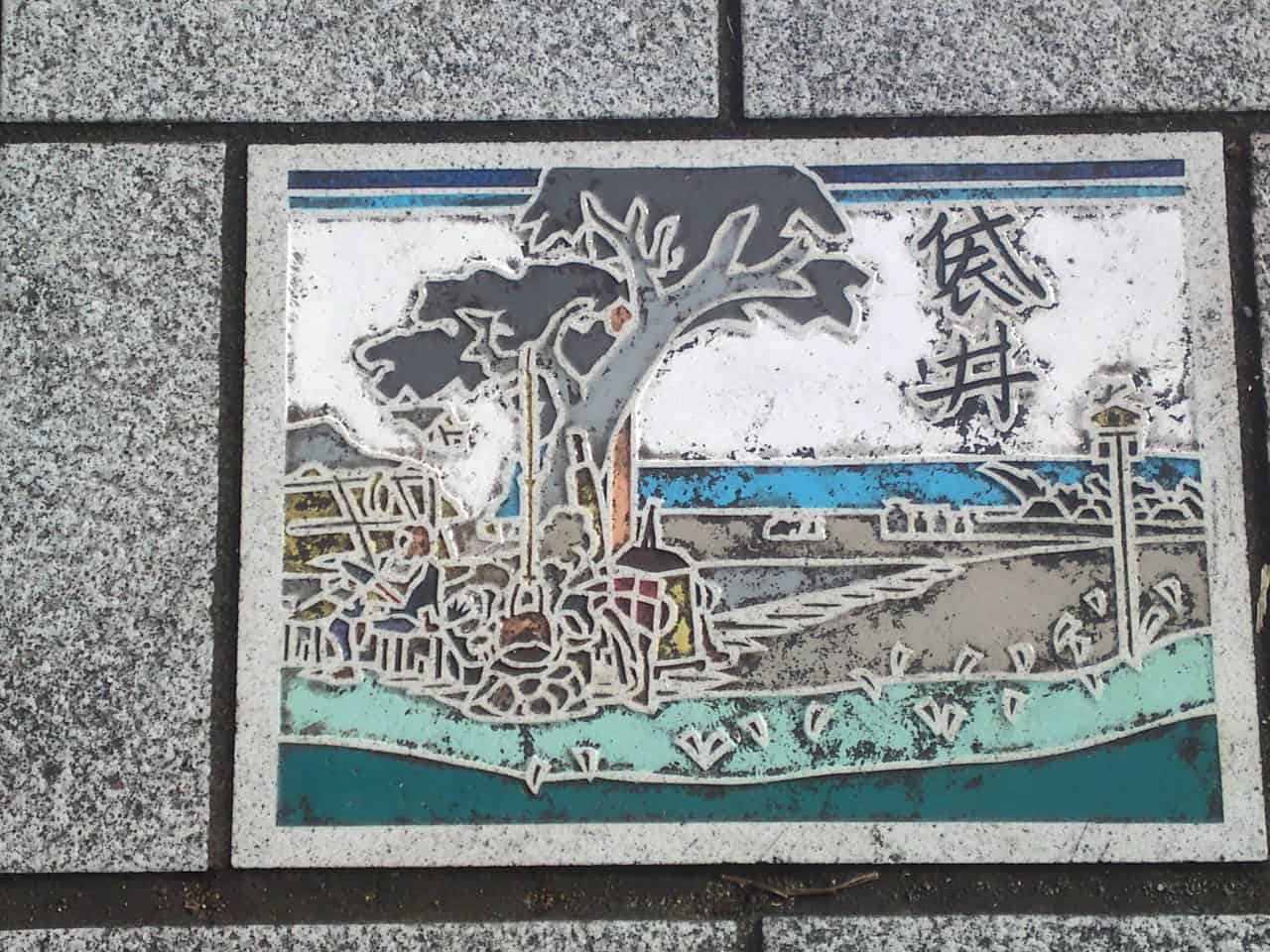
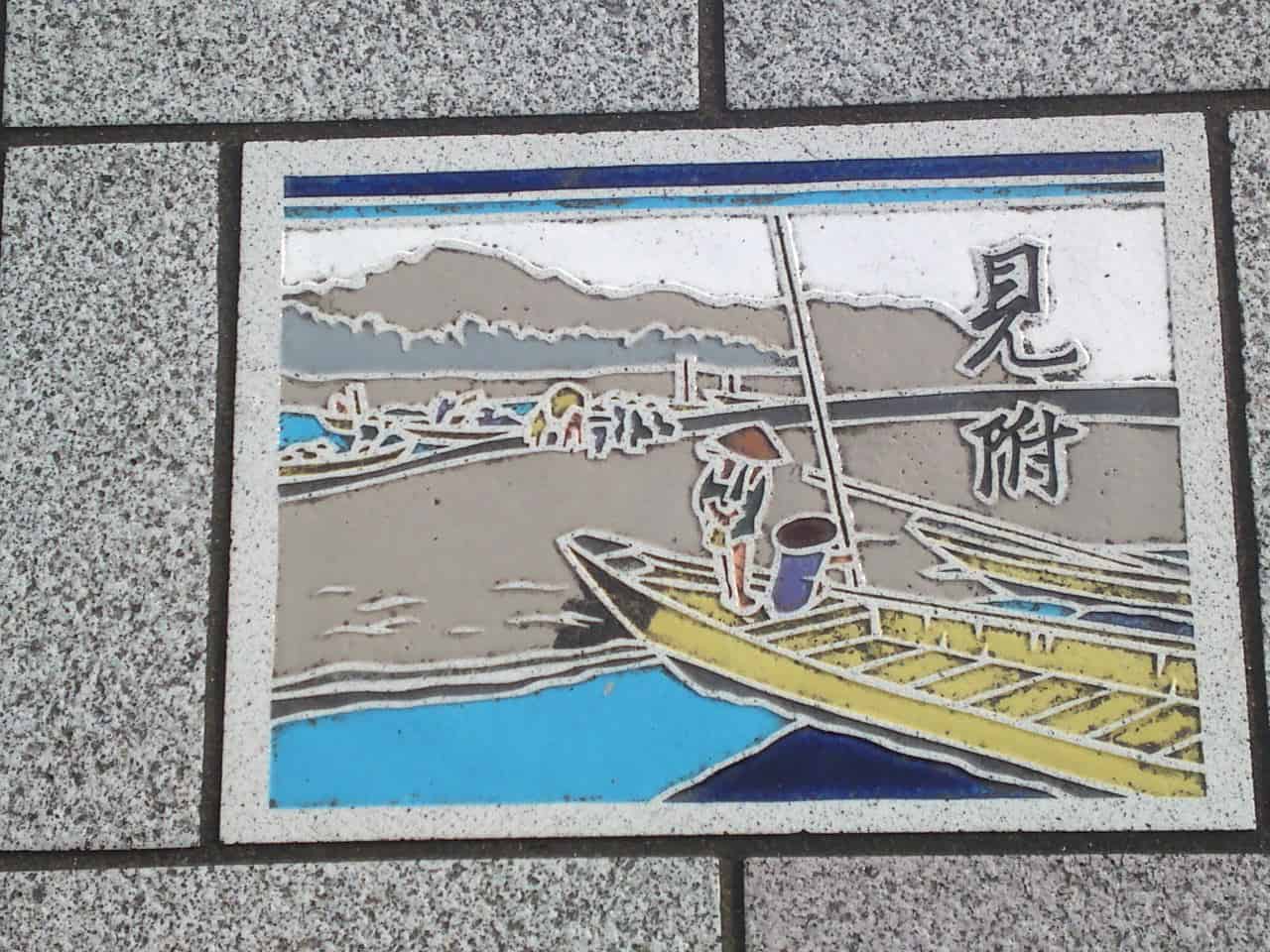
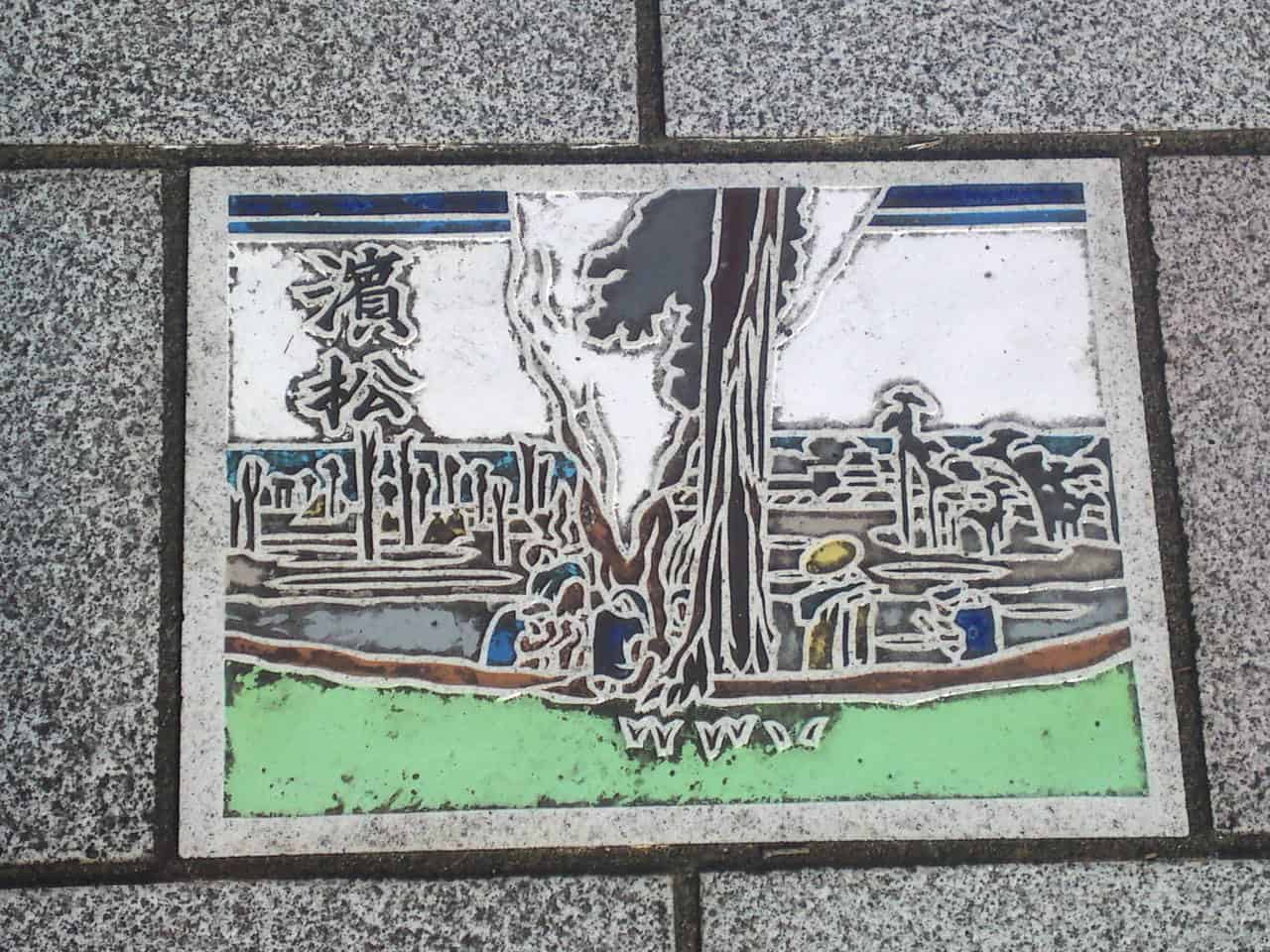
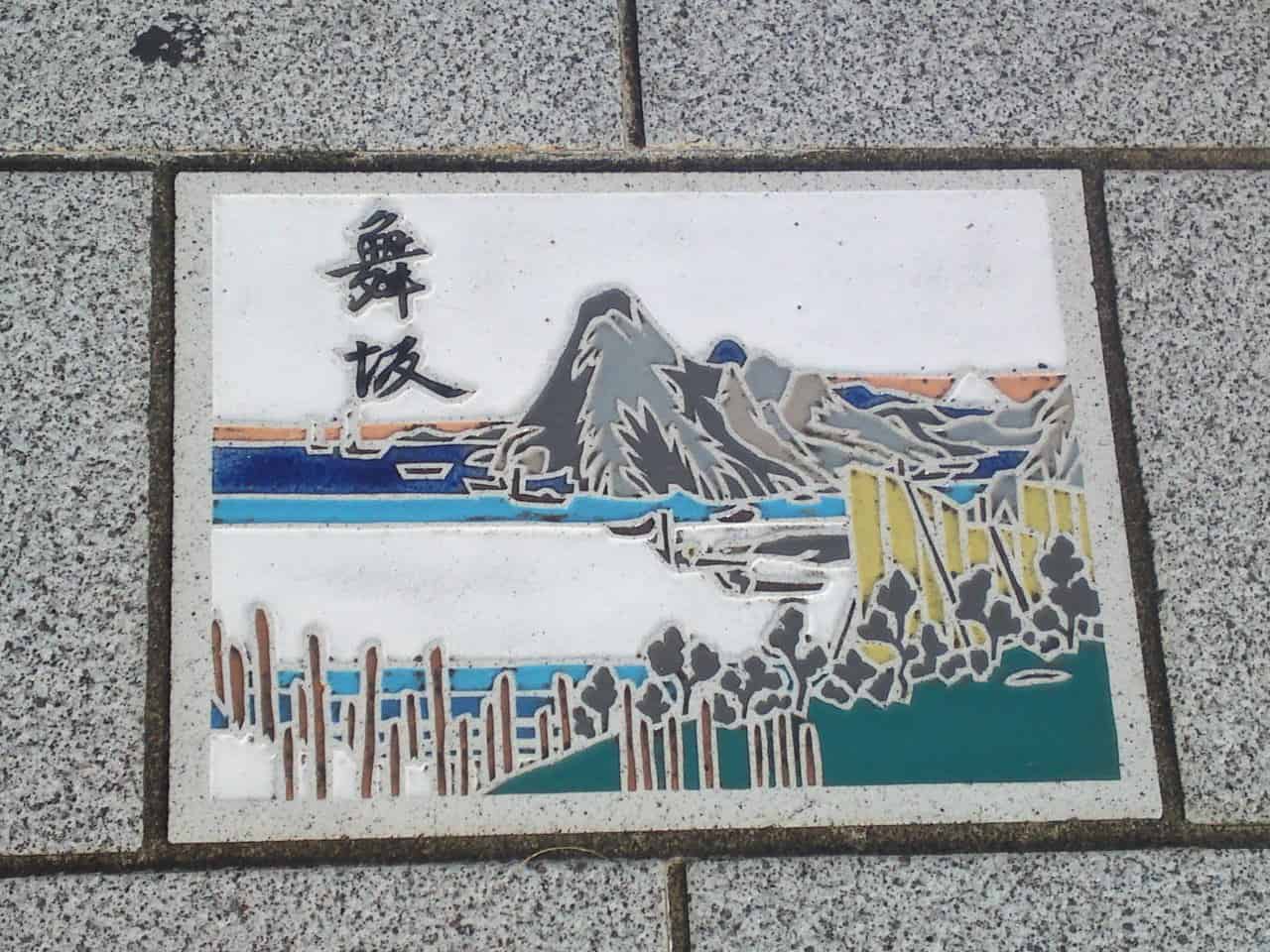
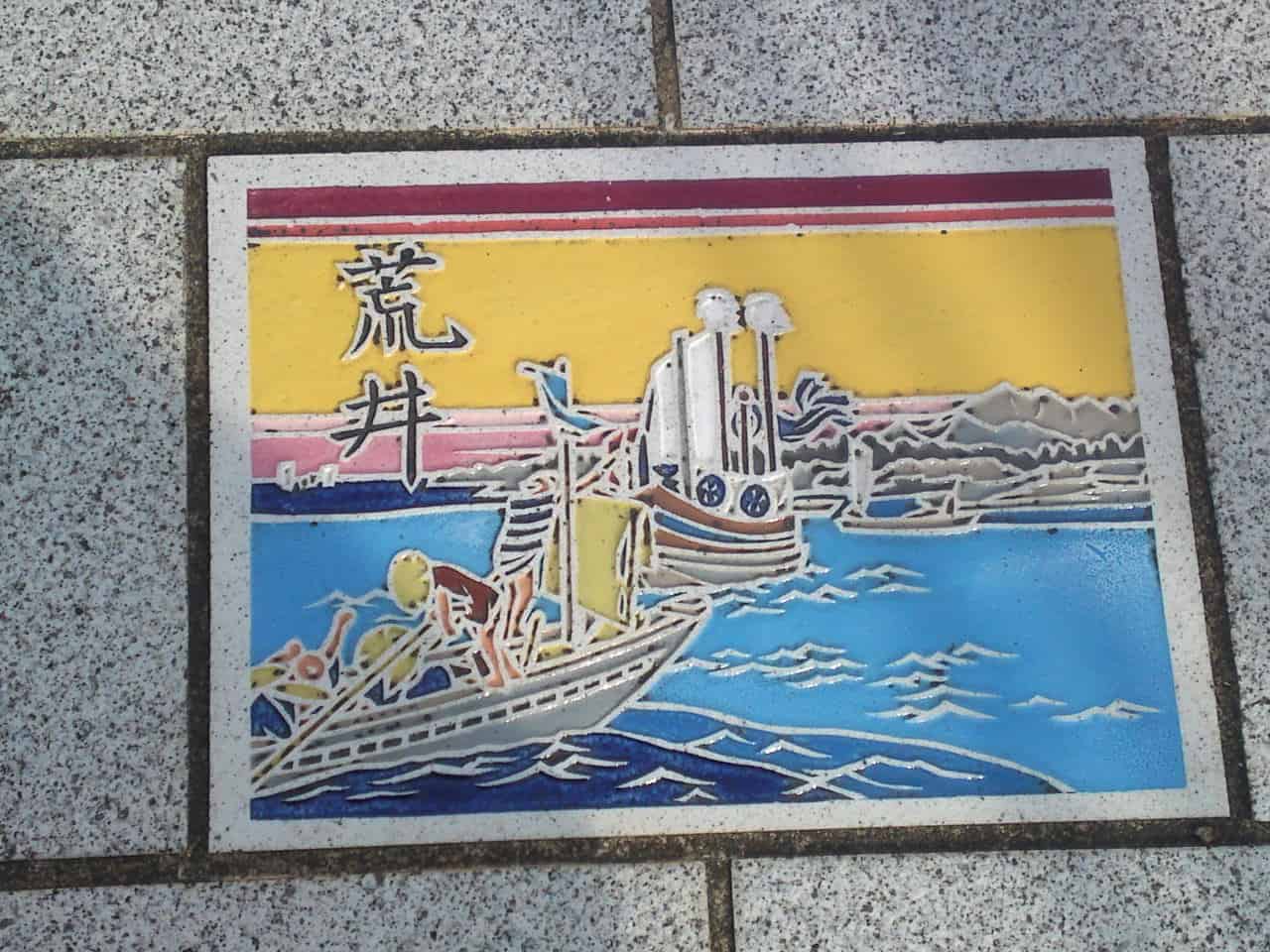
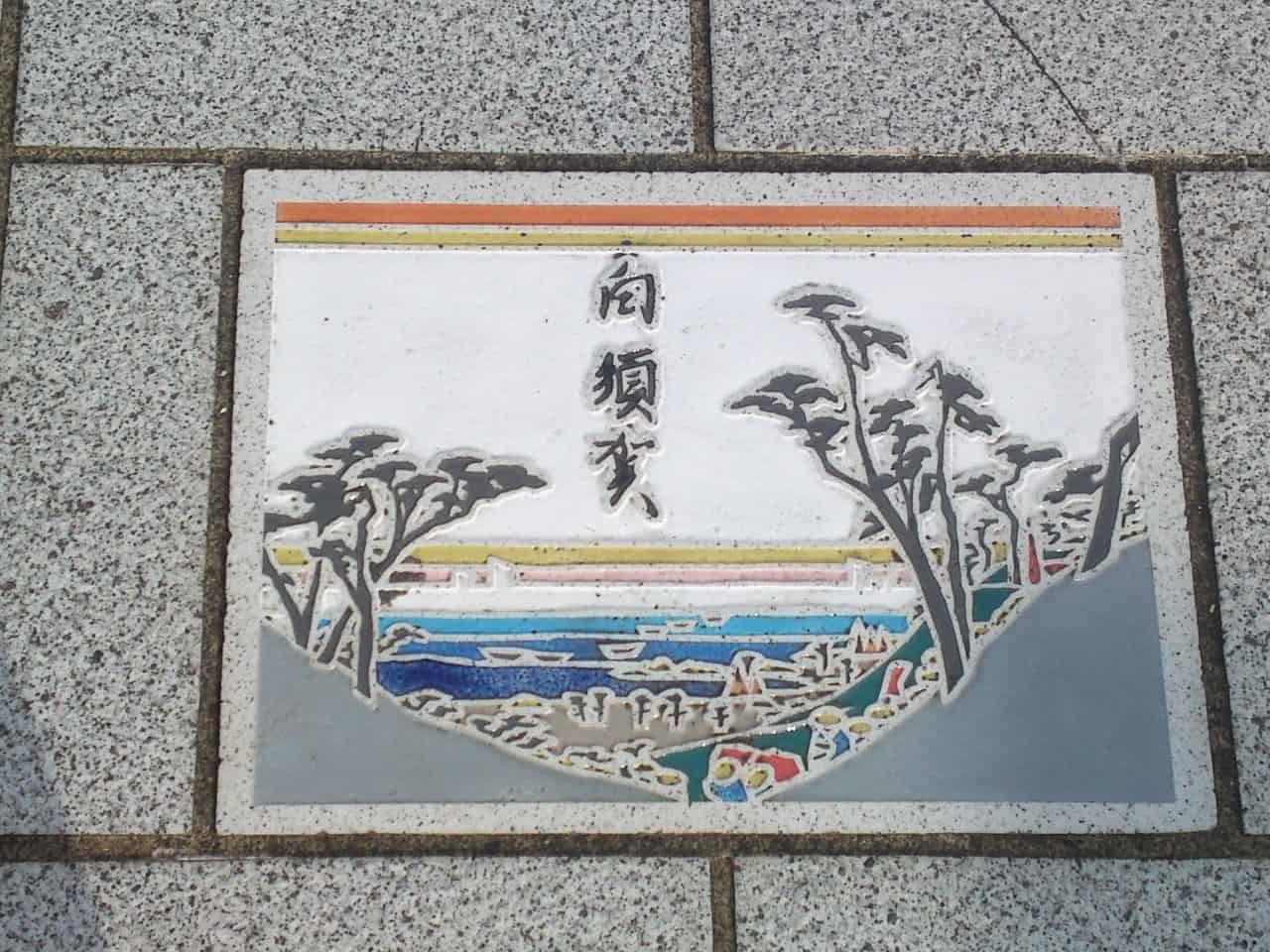
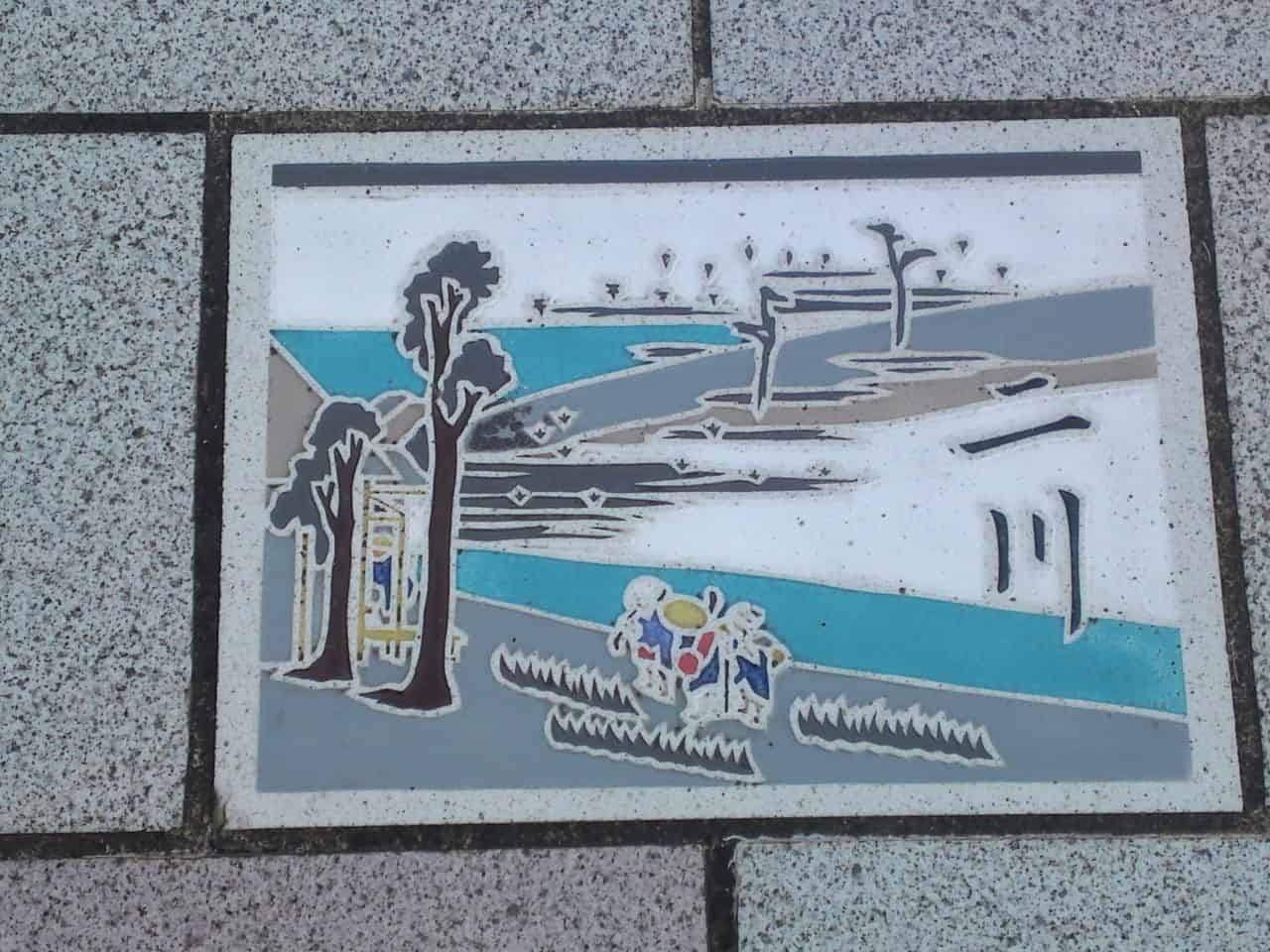
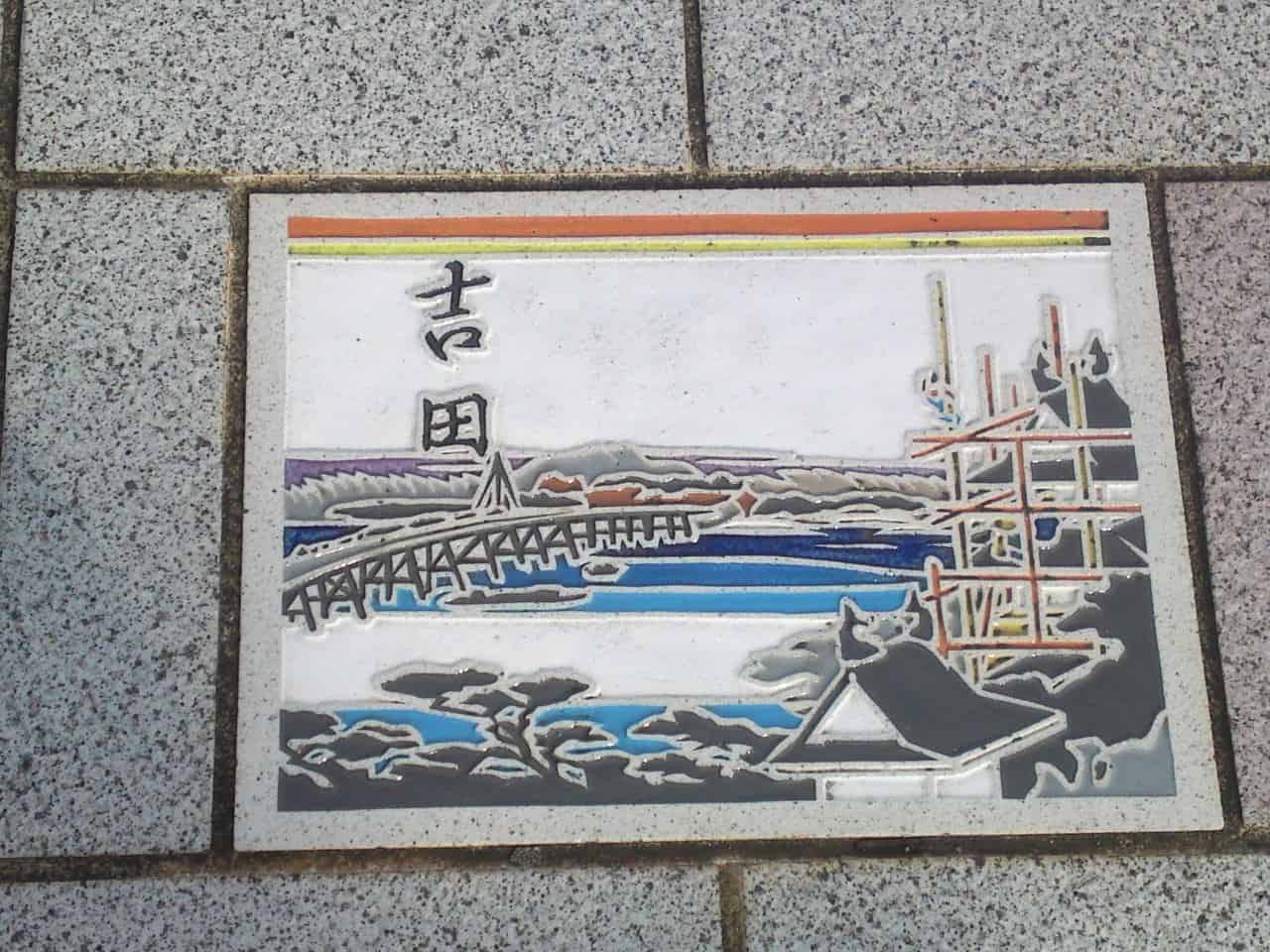
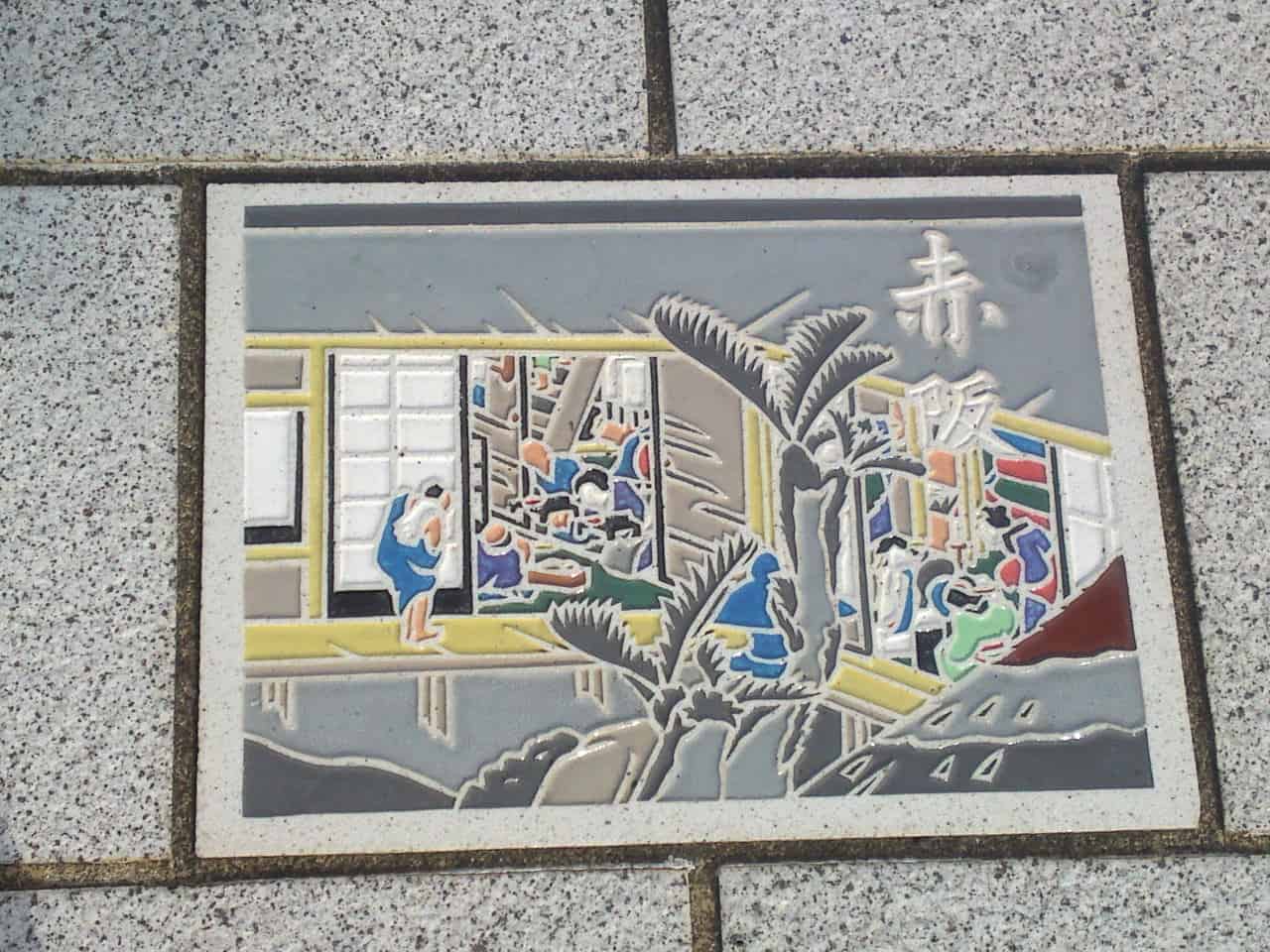
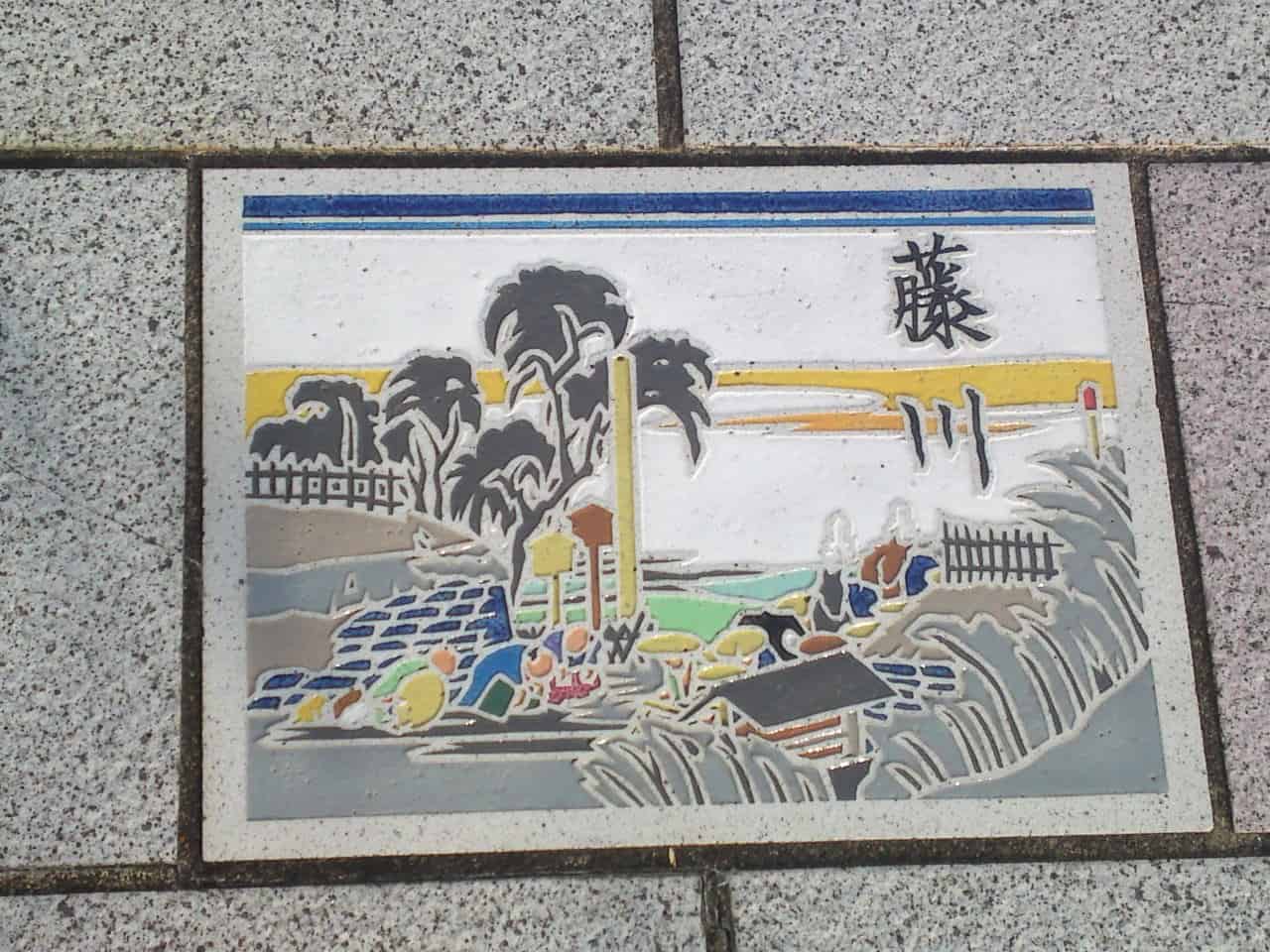
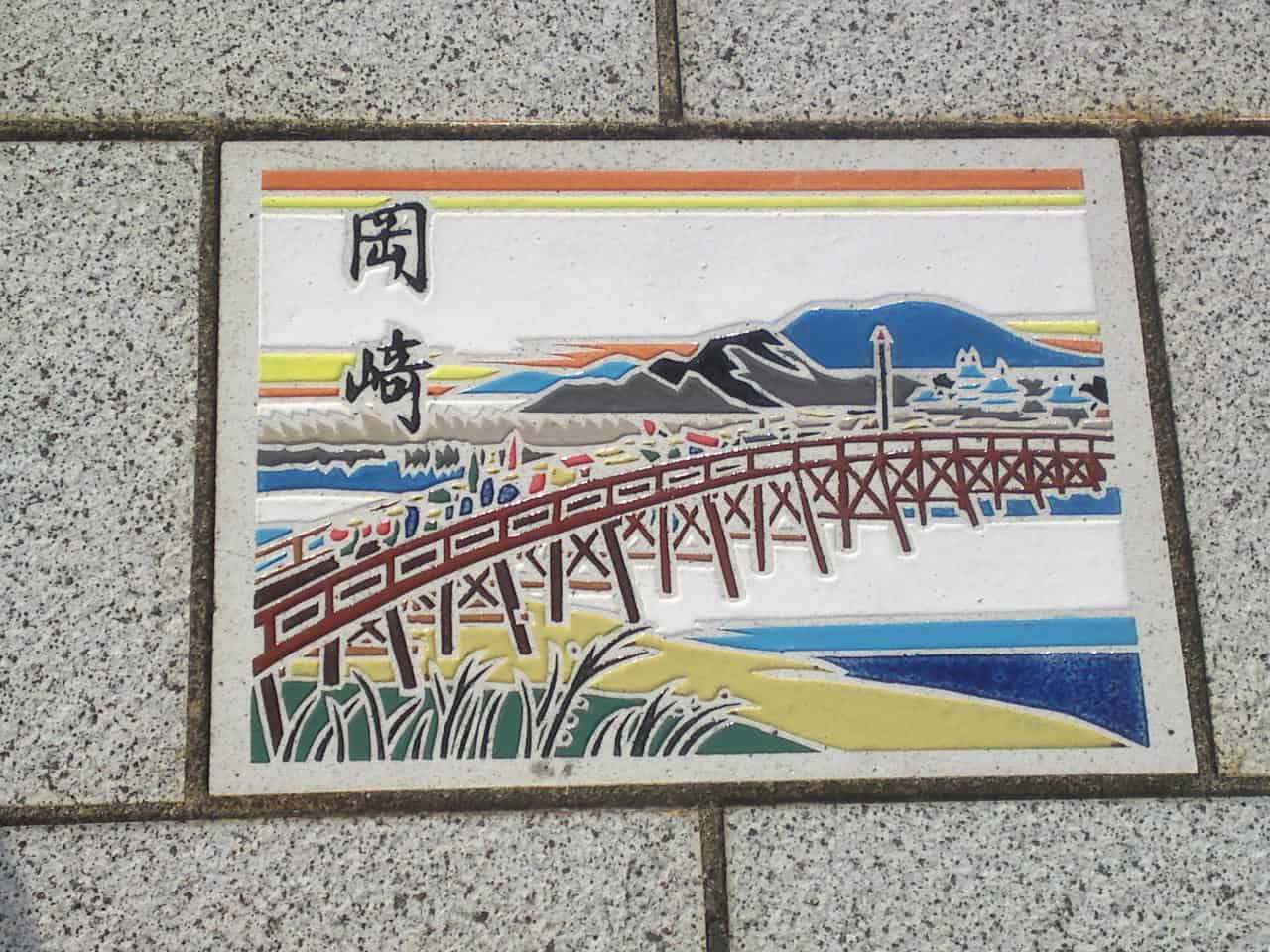
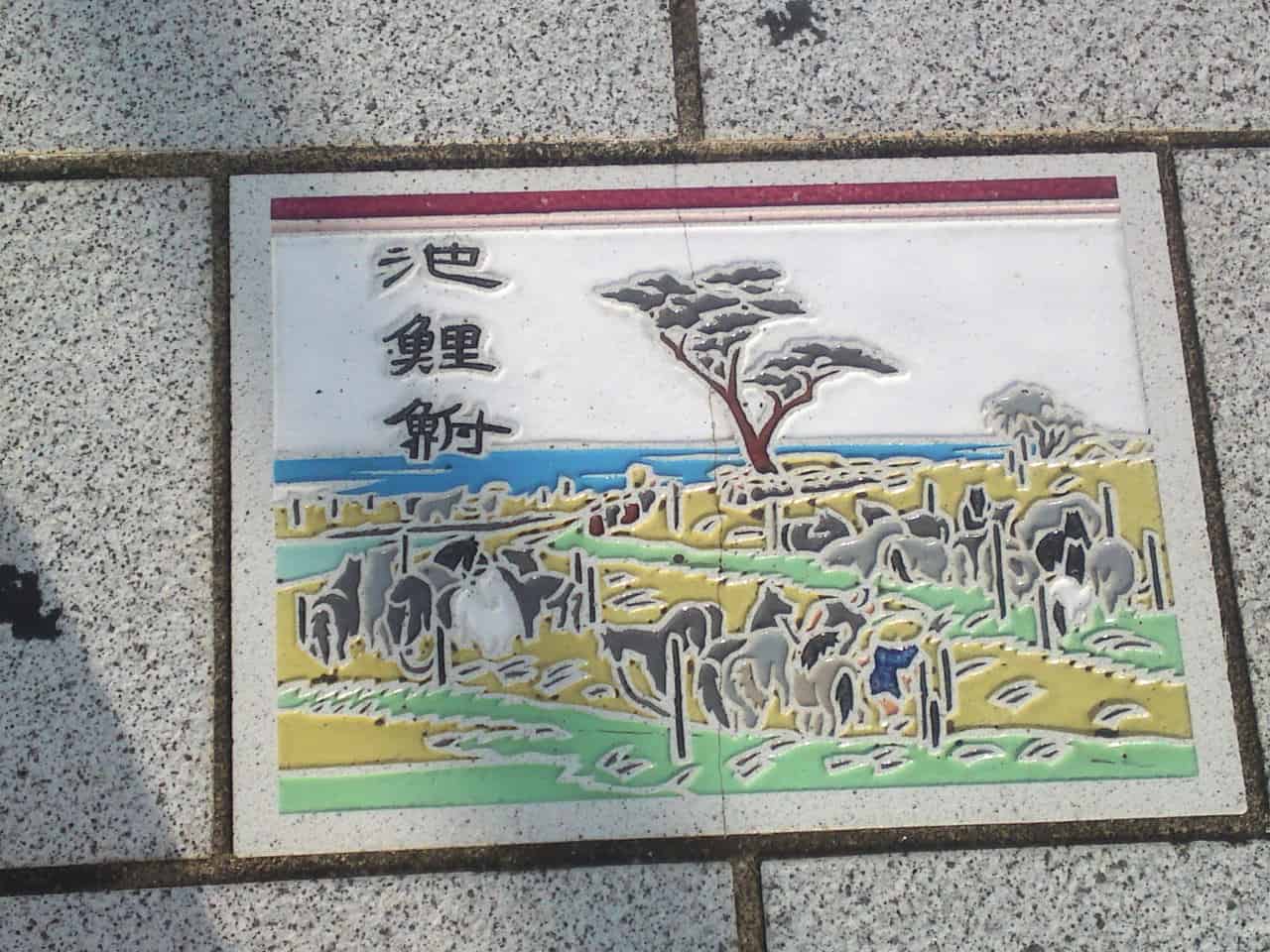
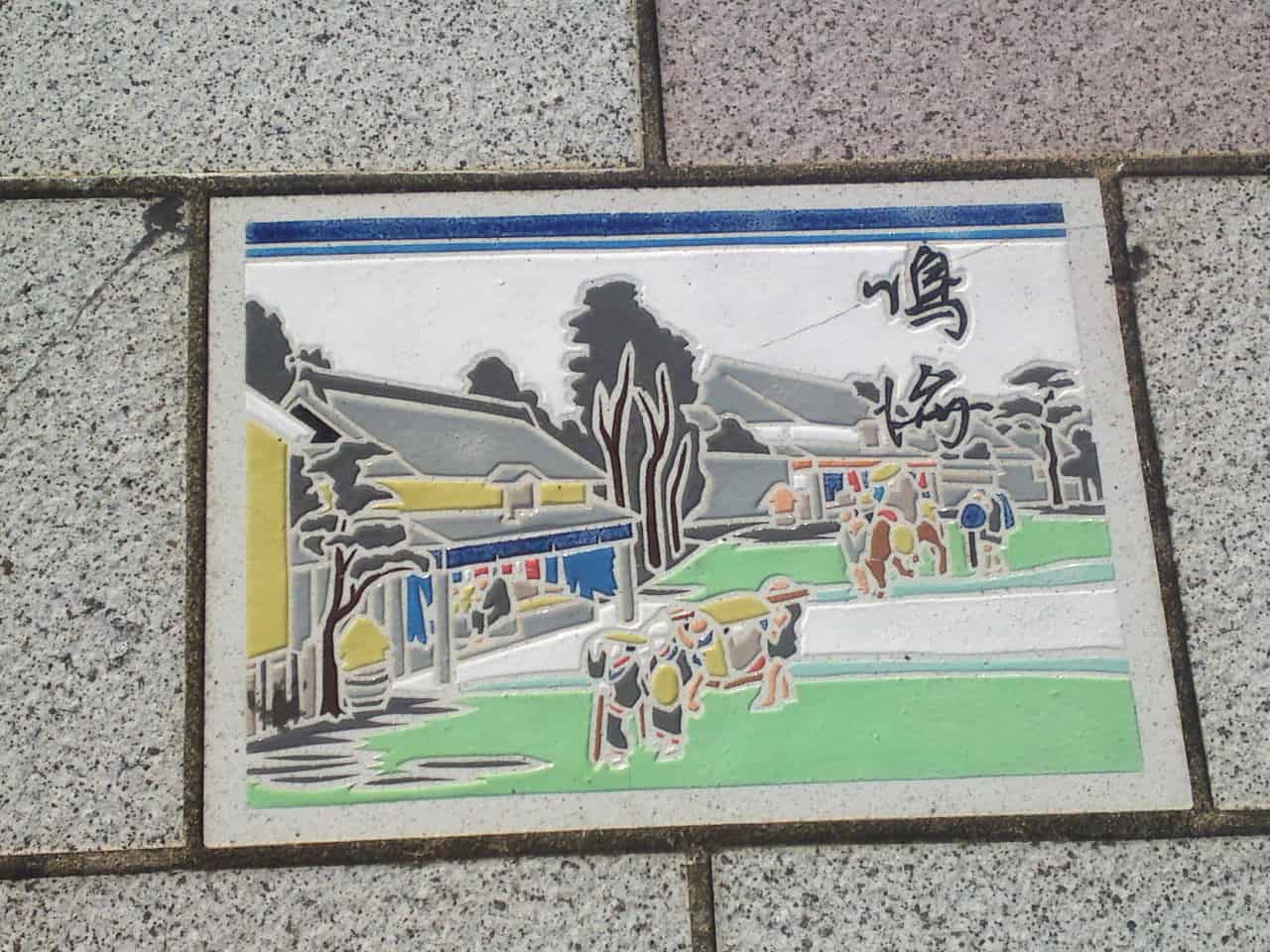
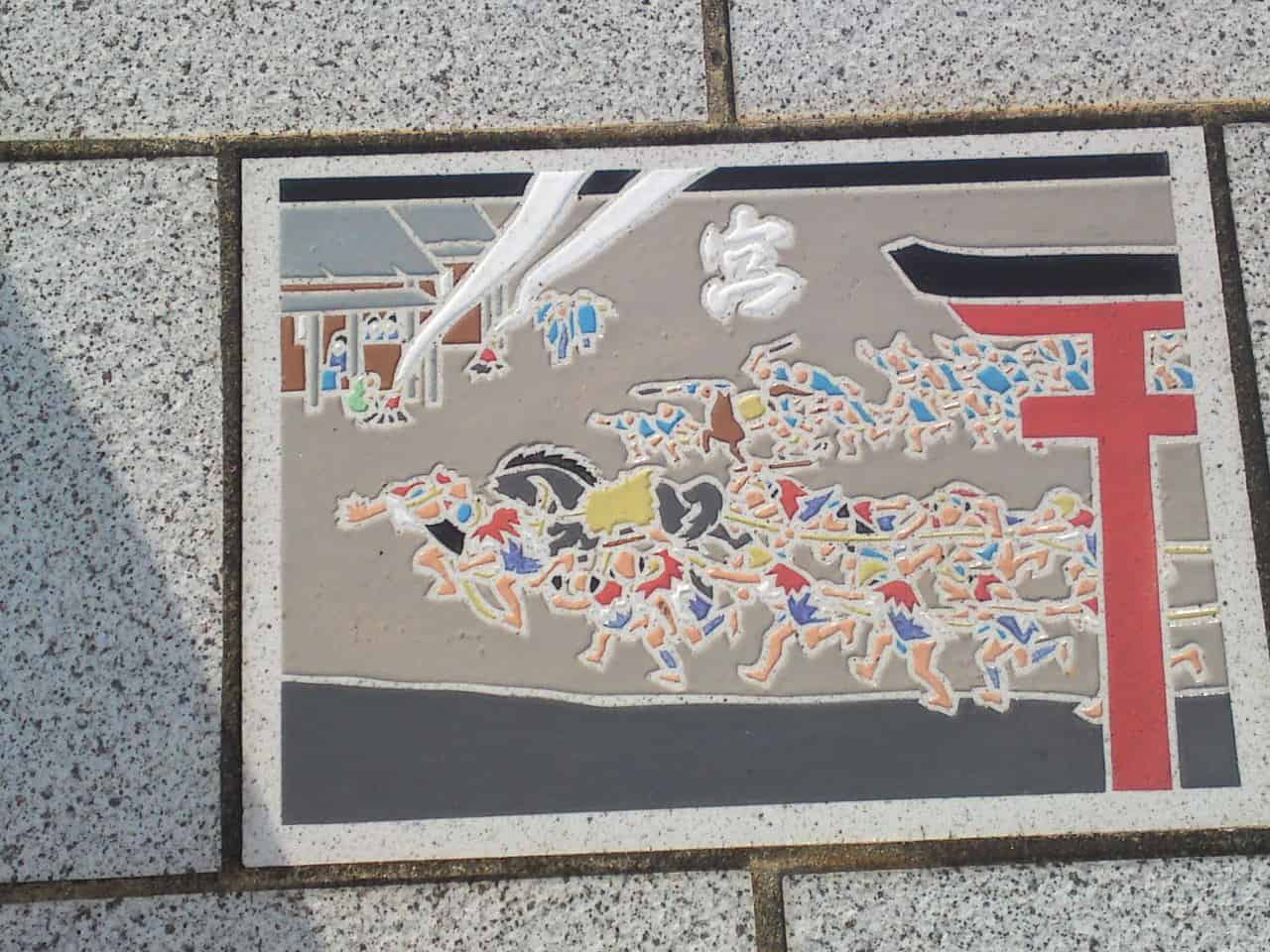
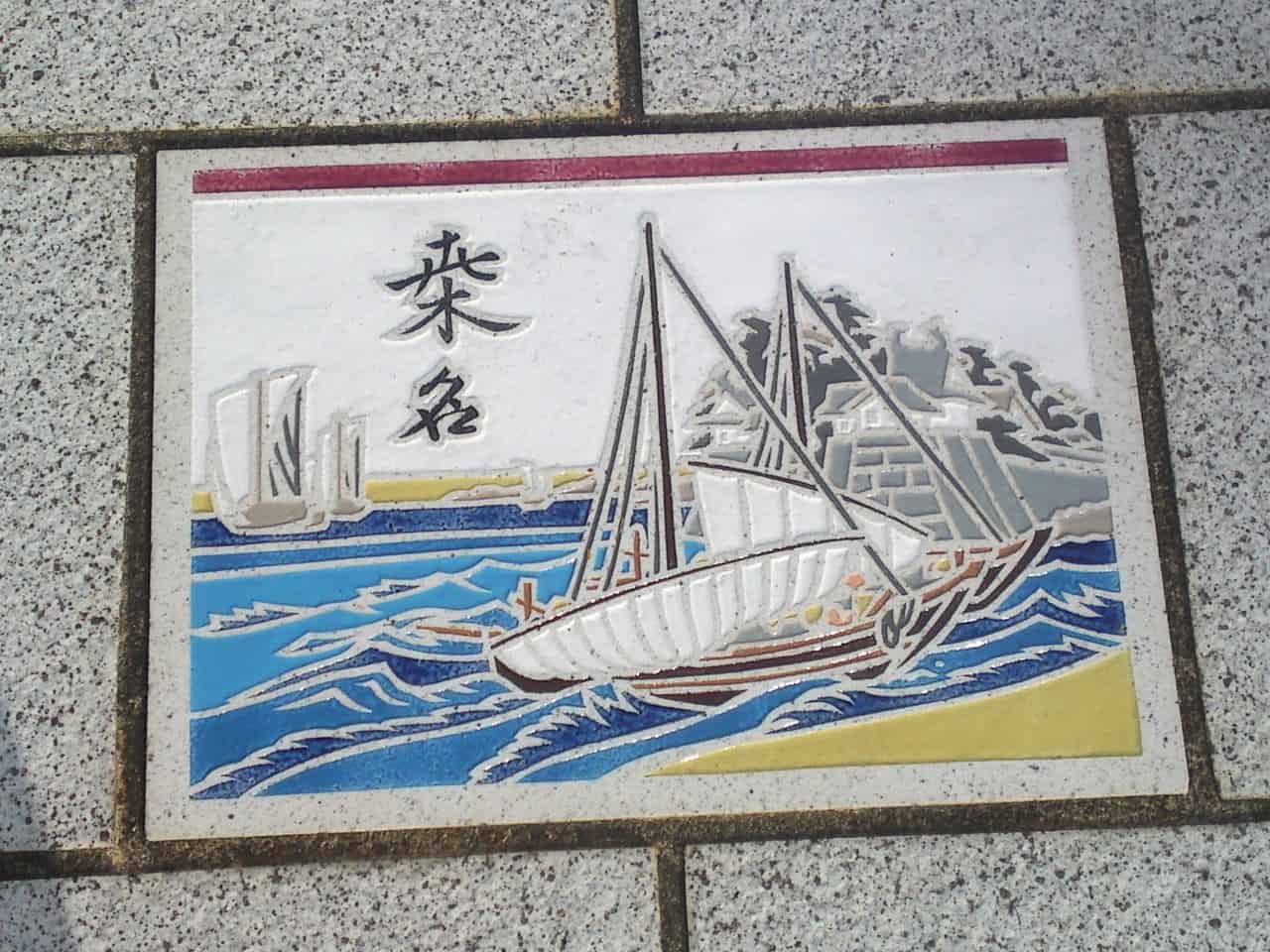
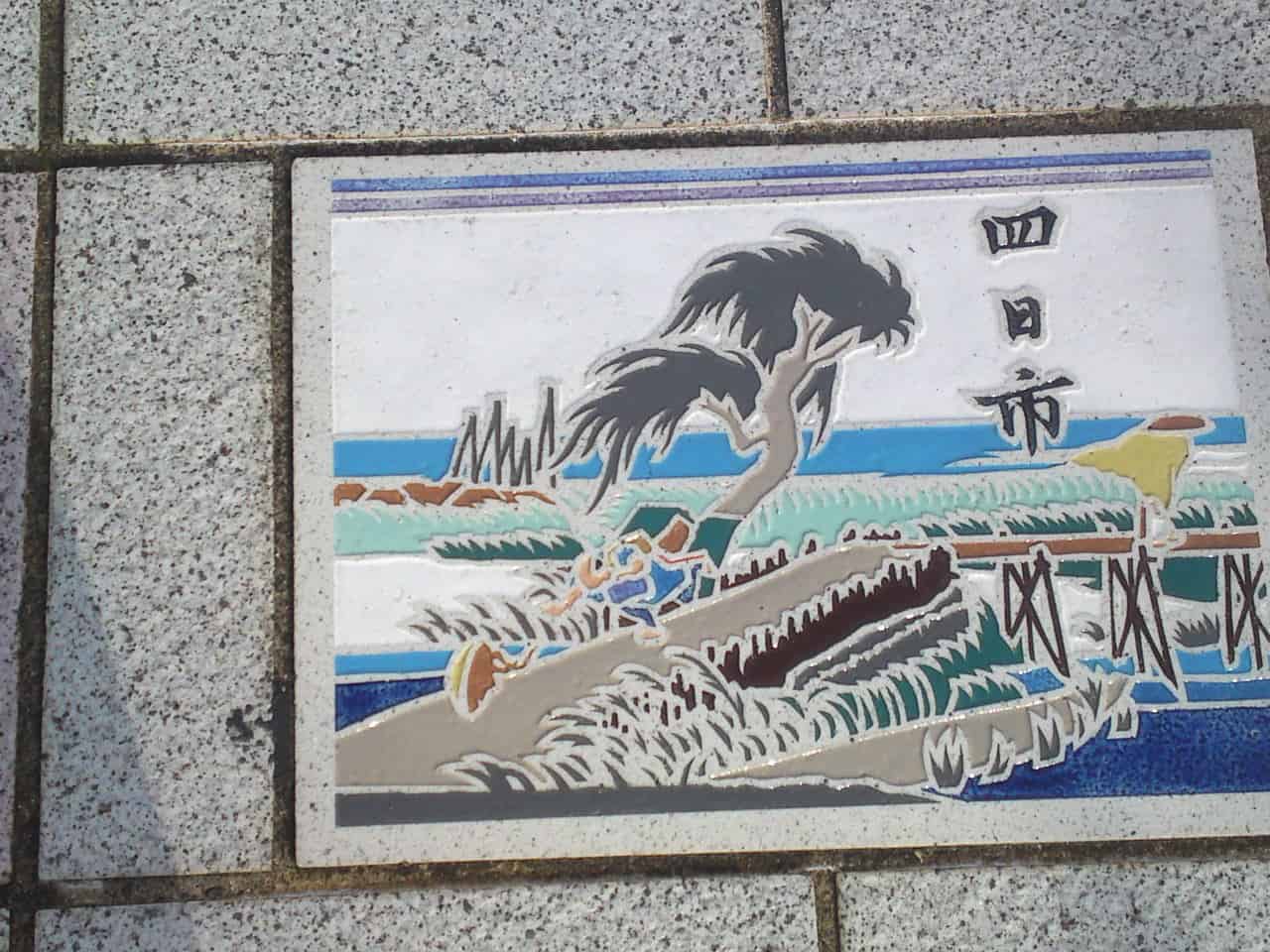
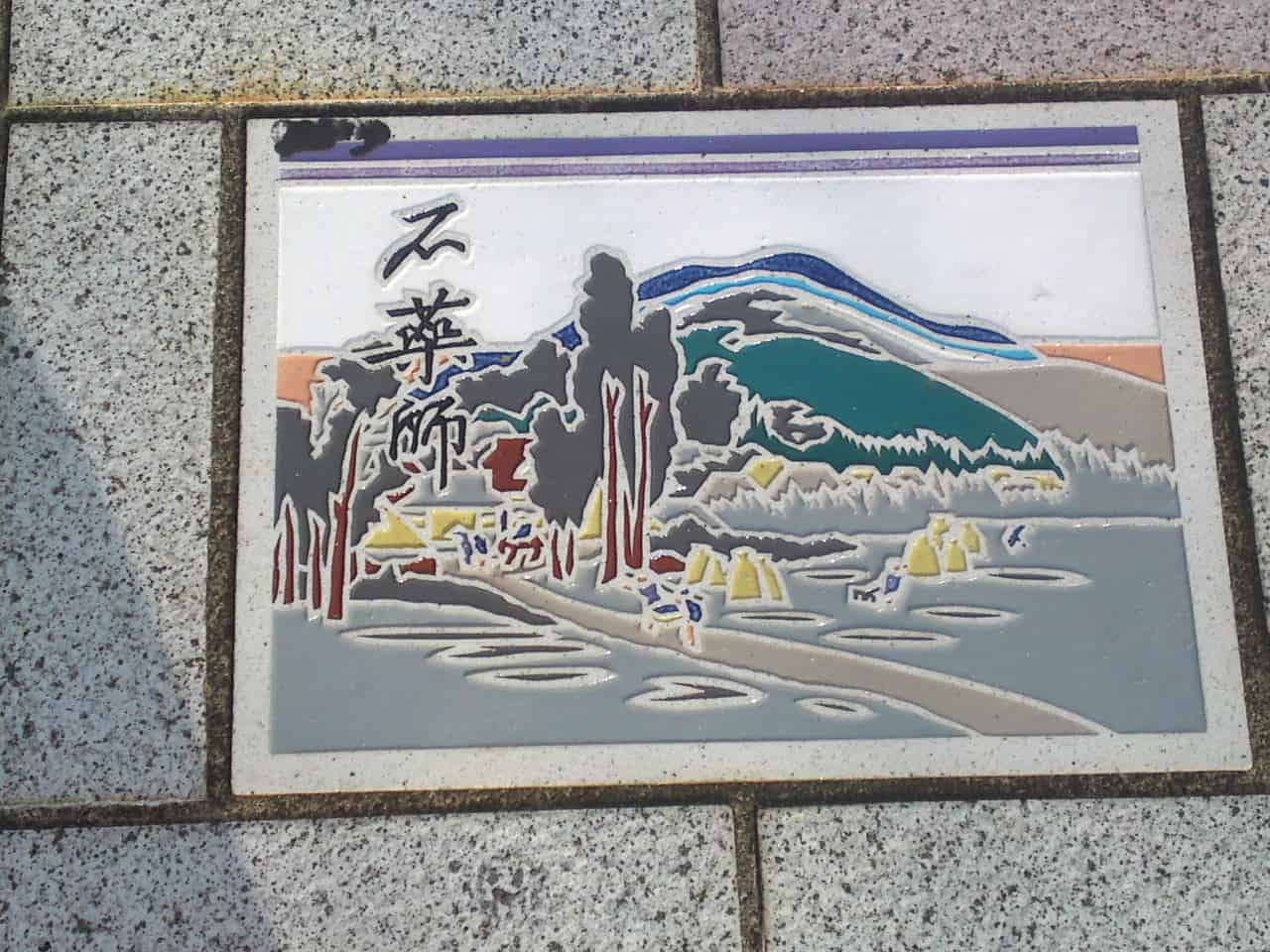
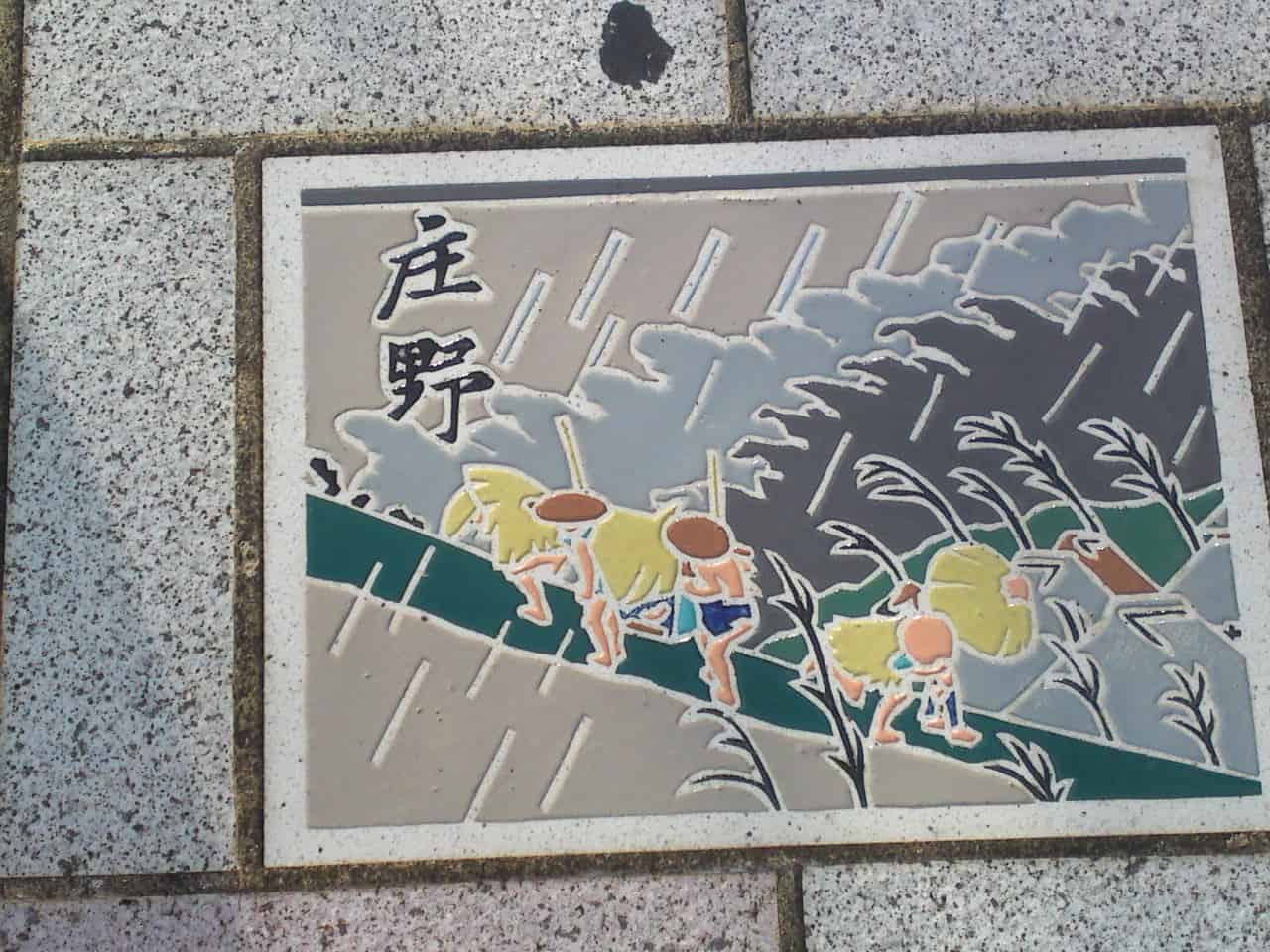
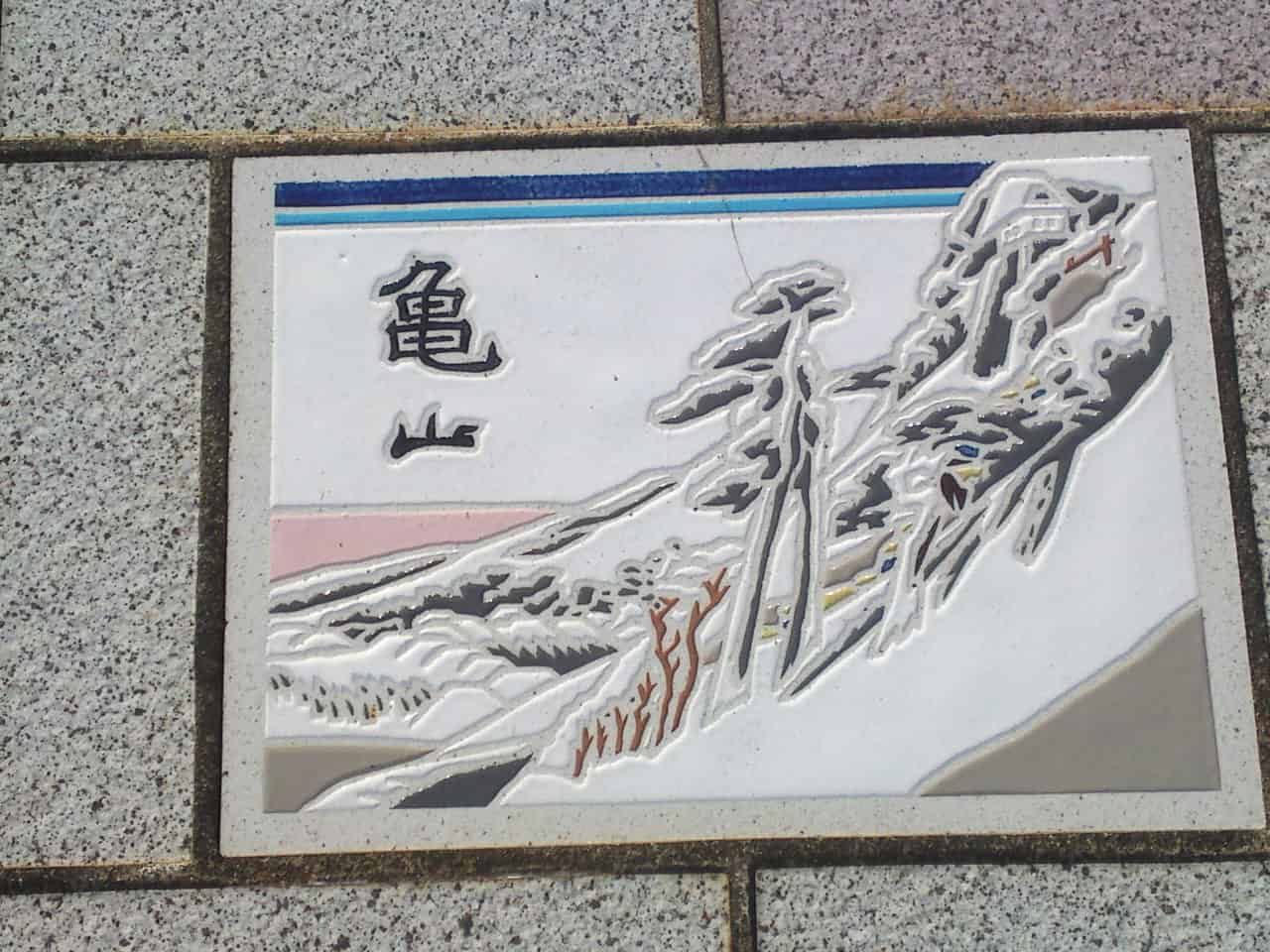
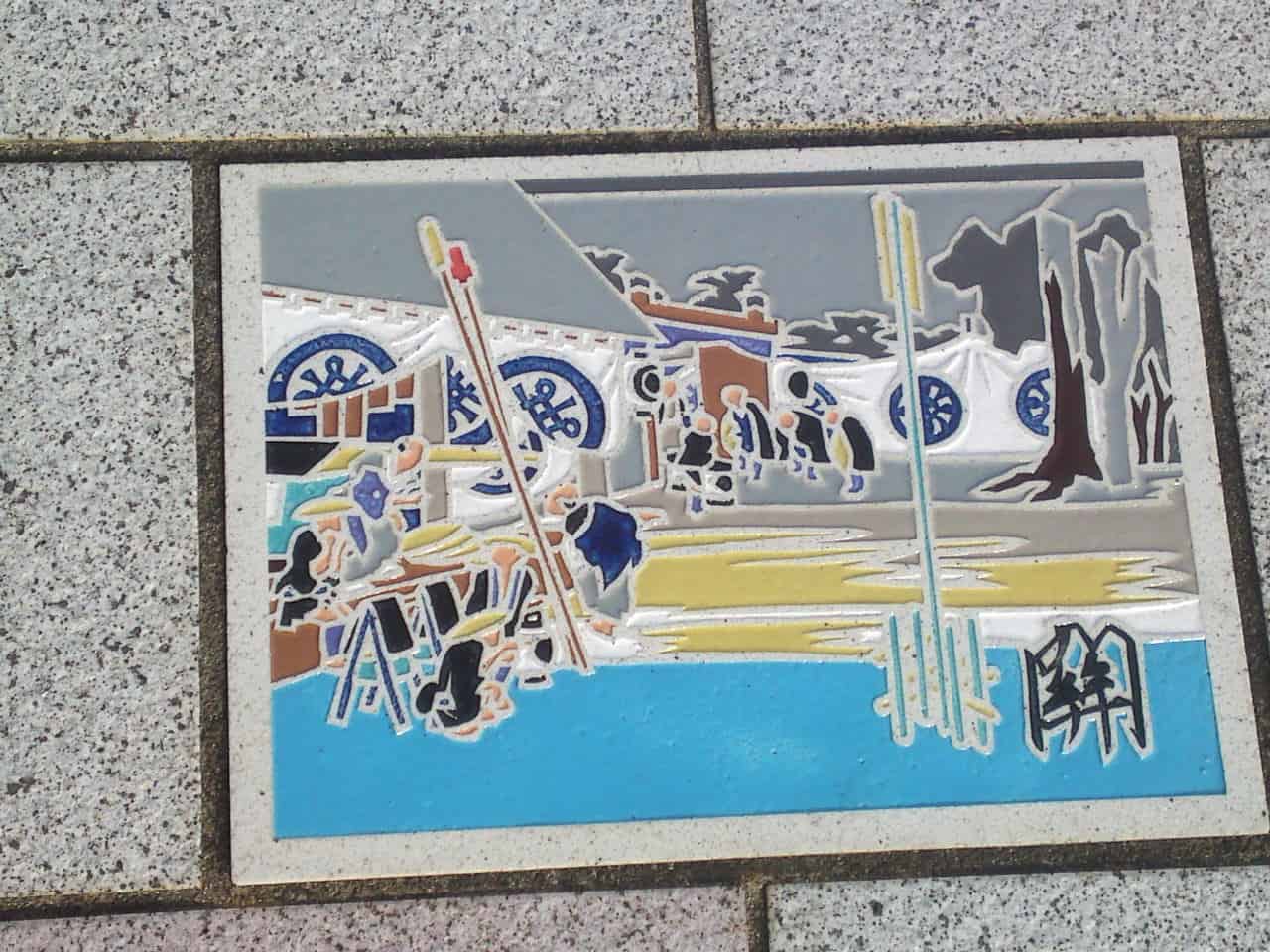
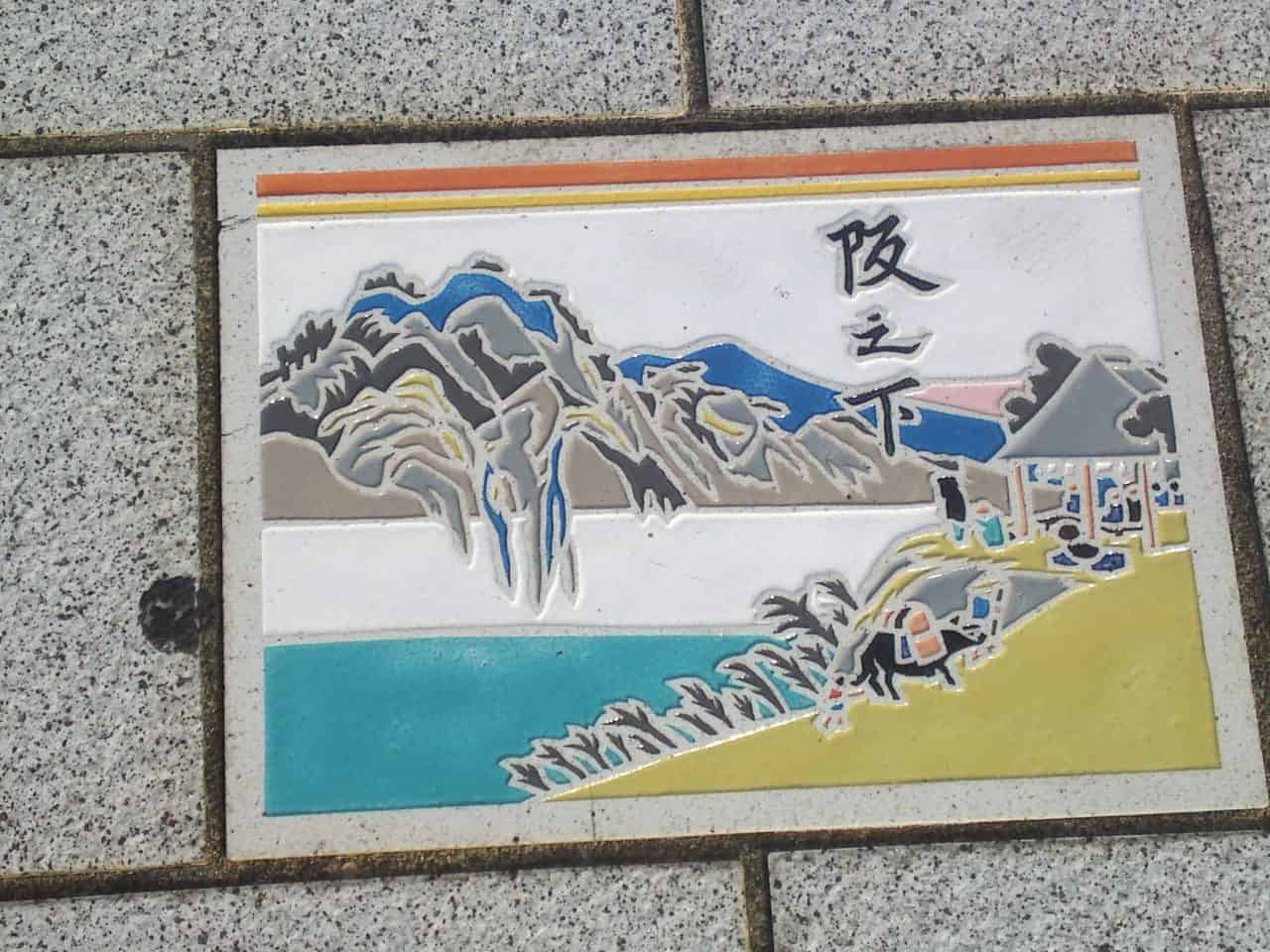
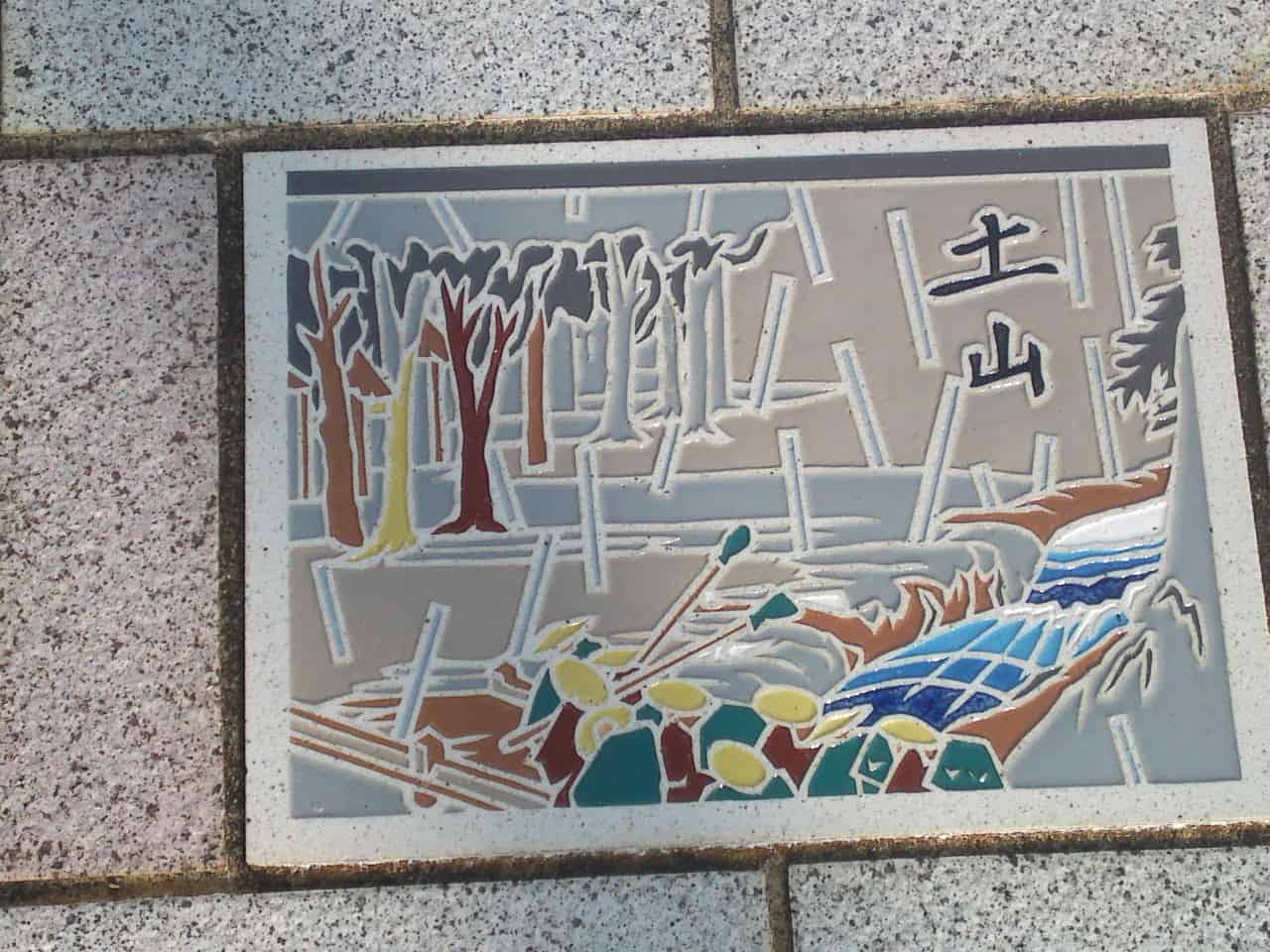
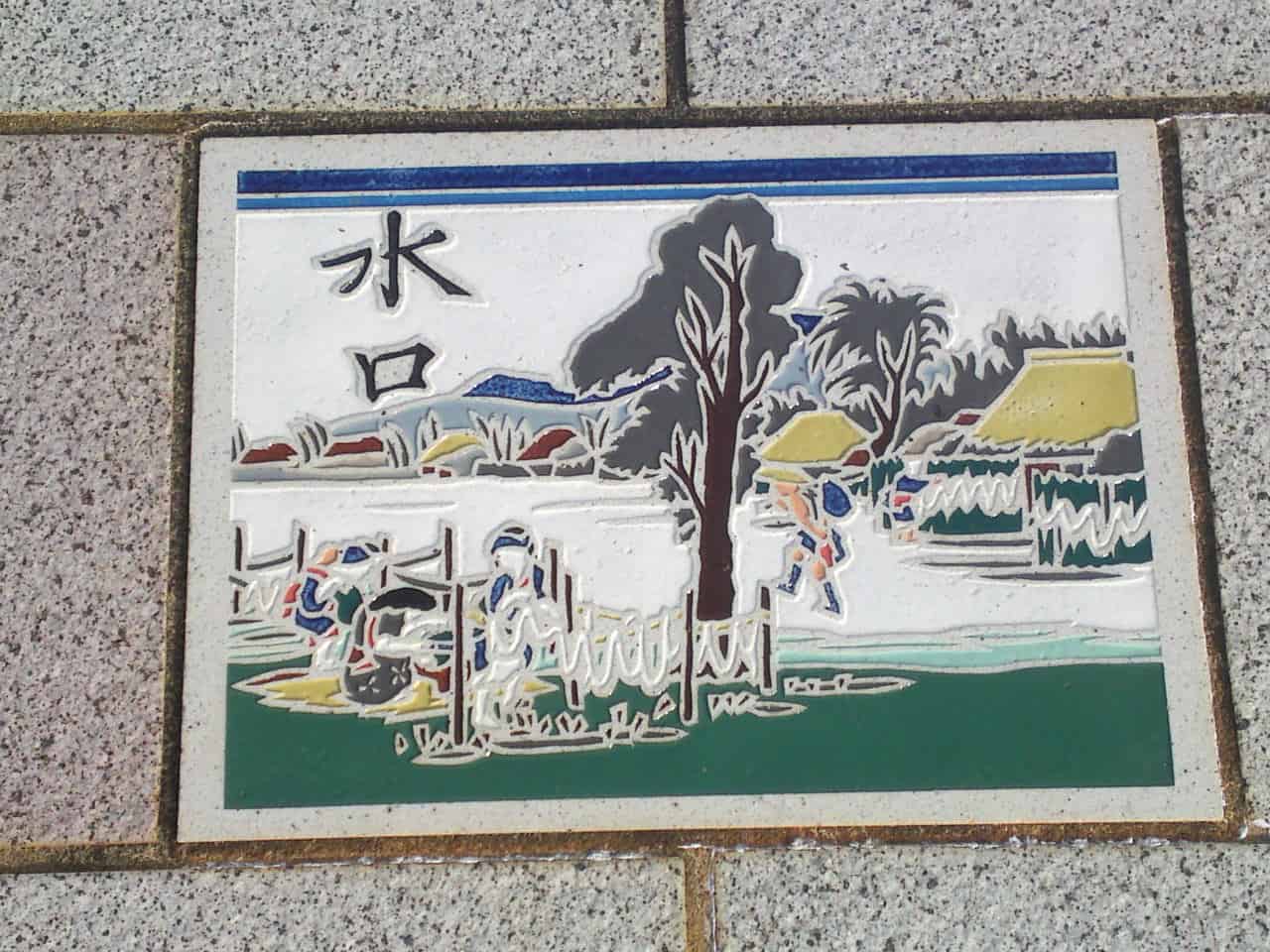
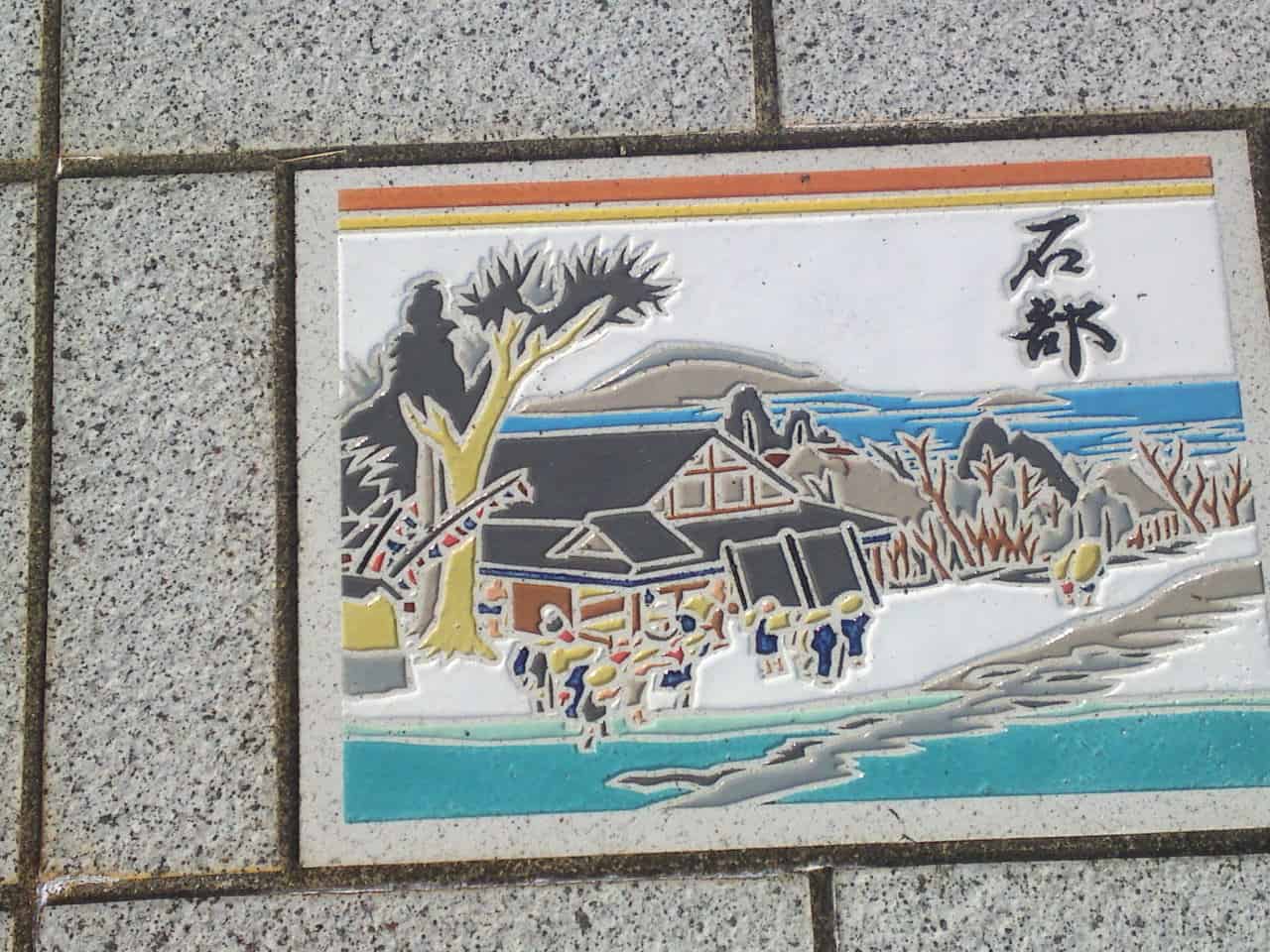
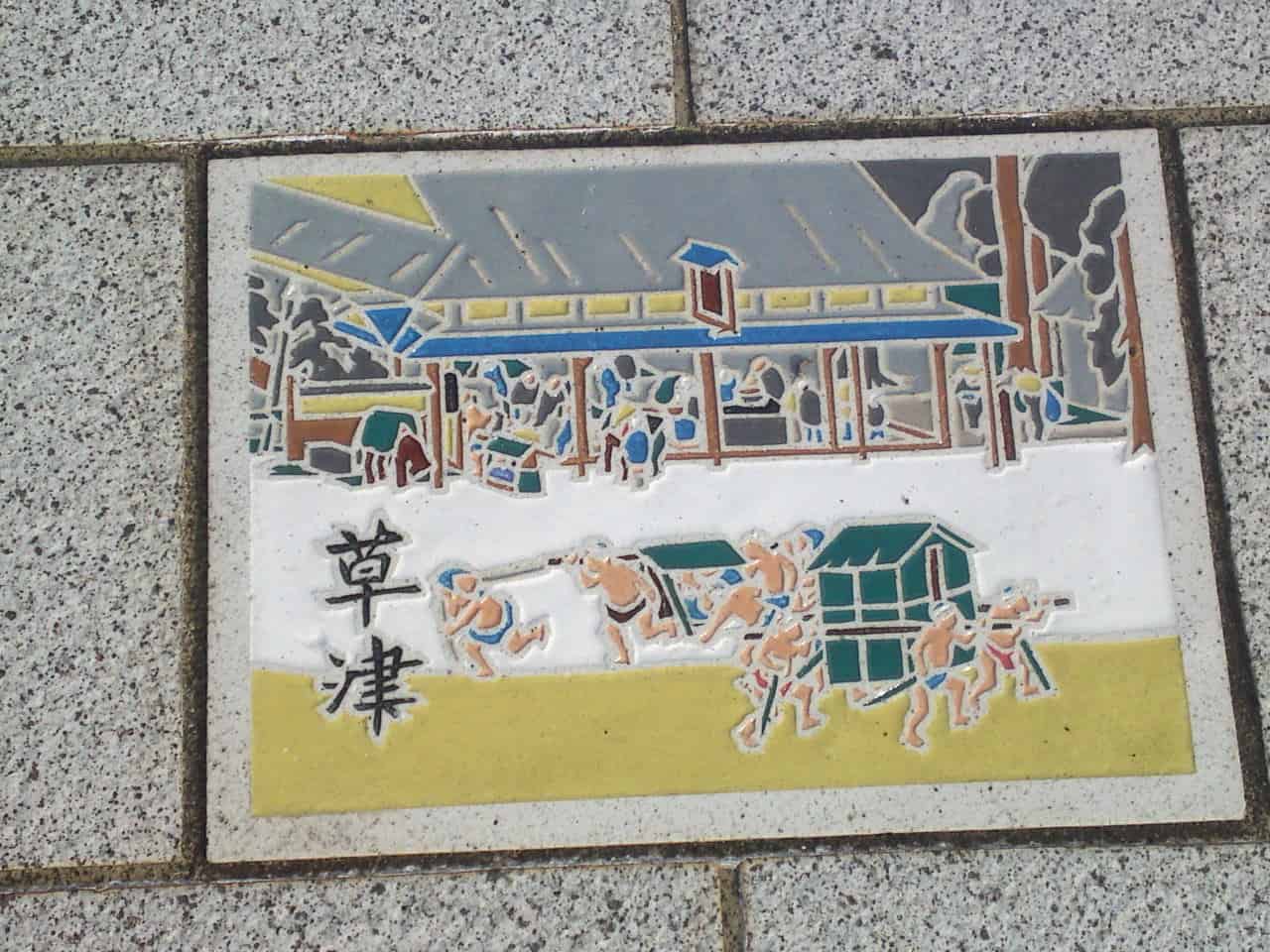
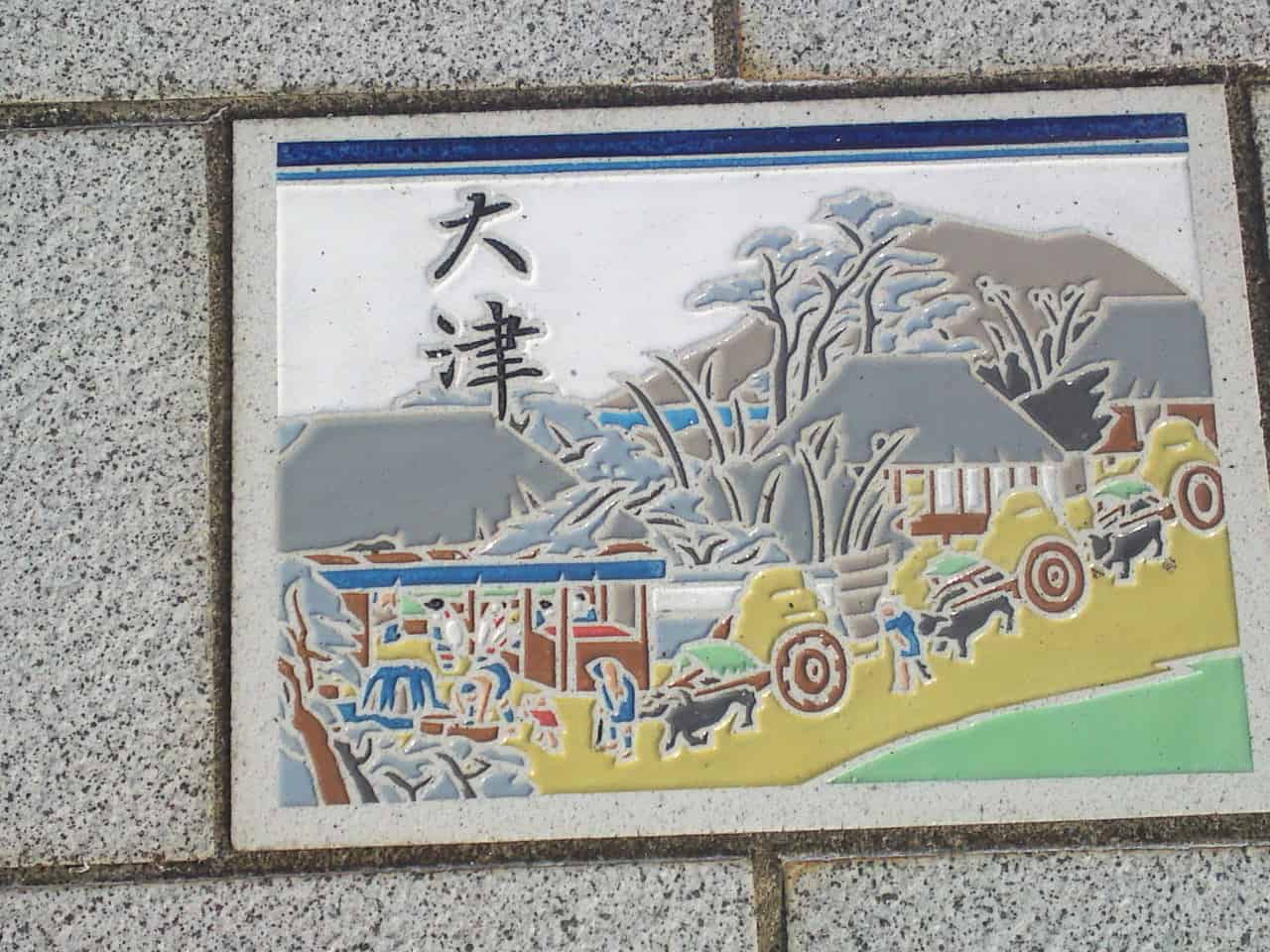
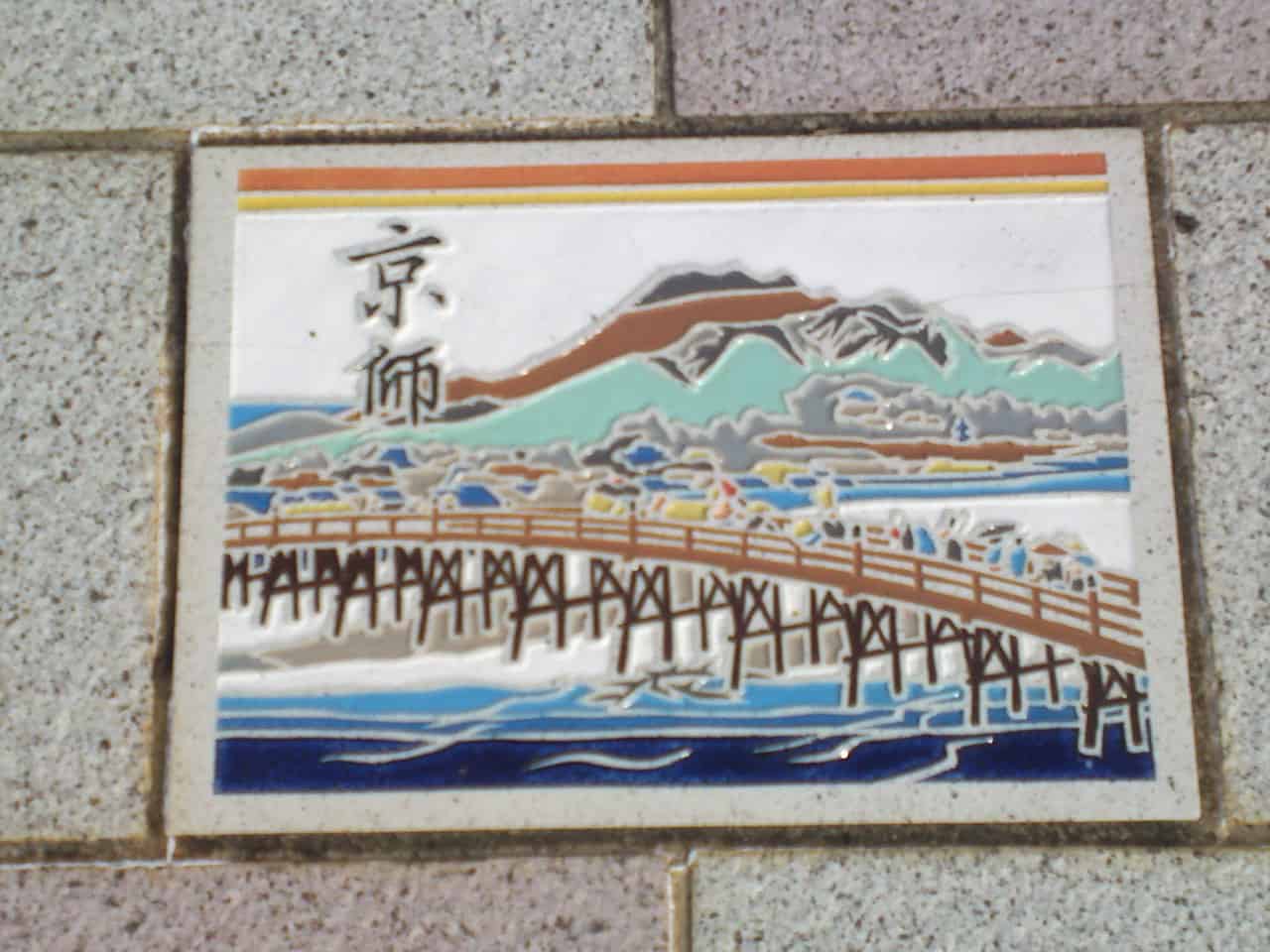
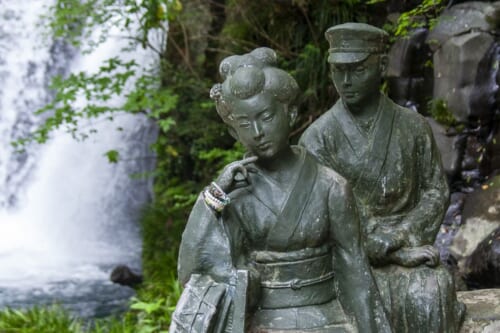
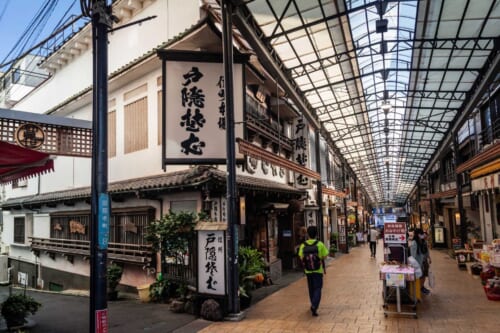
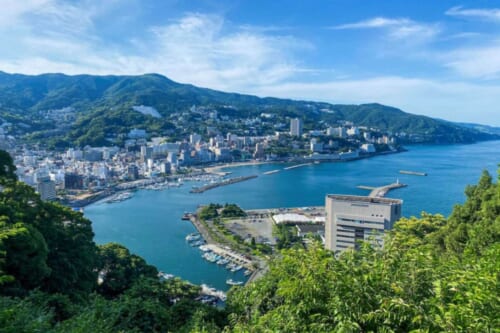
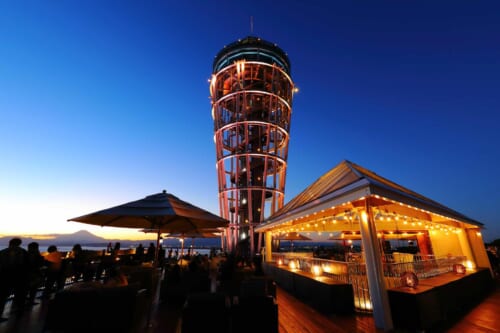
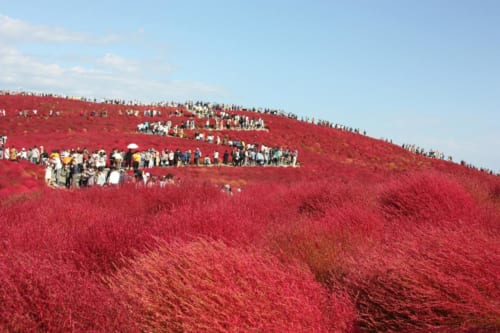
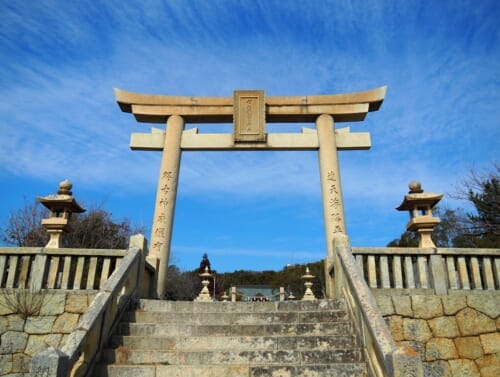
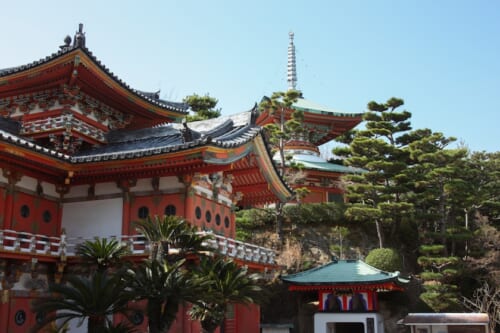
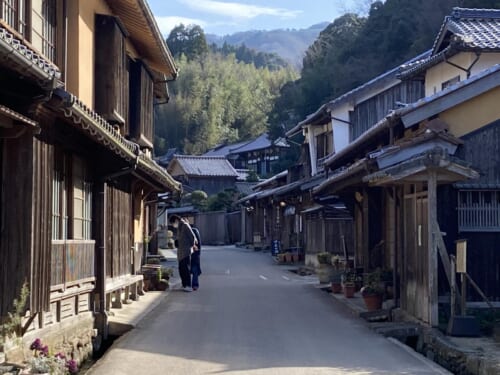
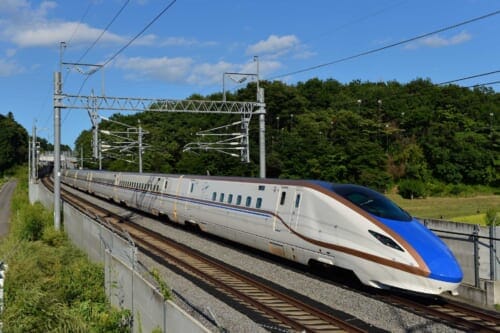


No Comments yet!